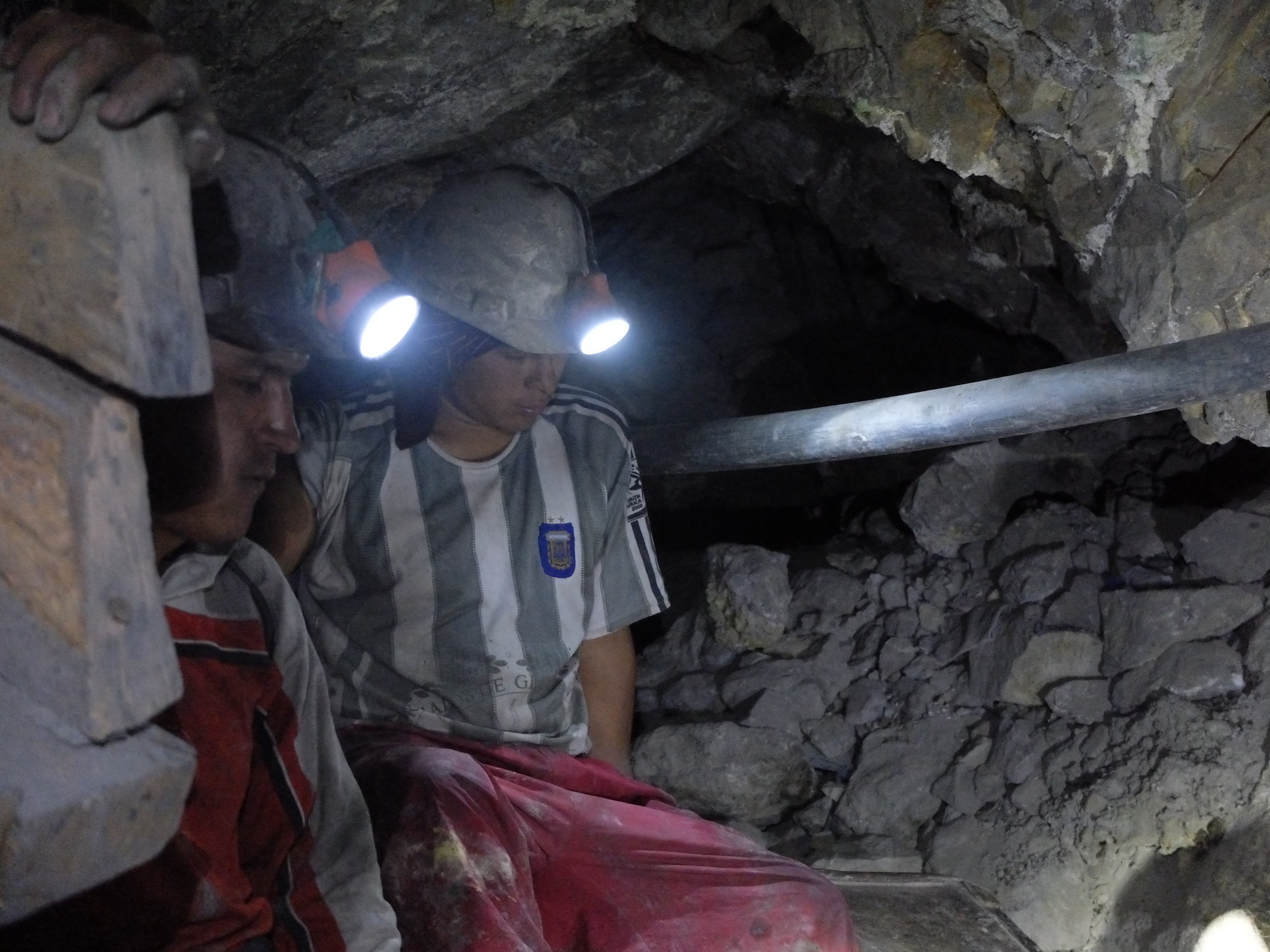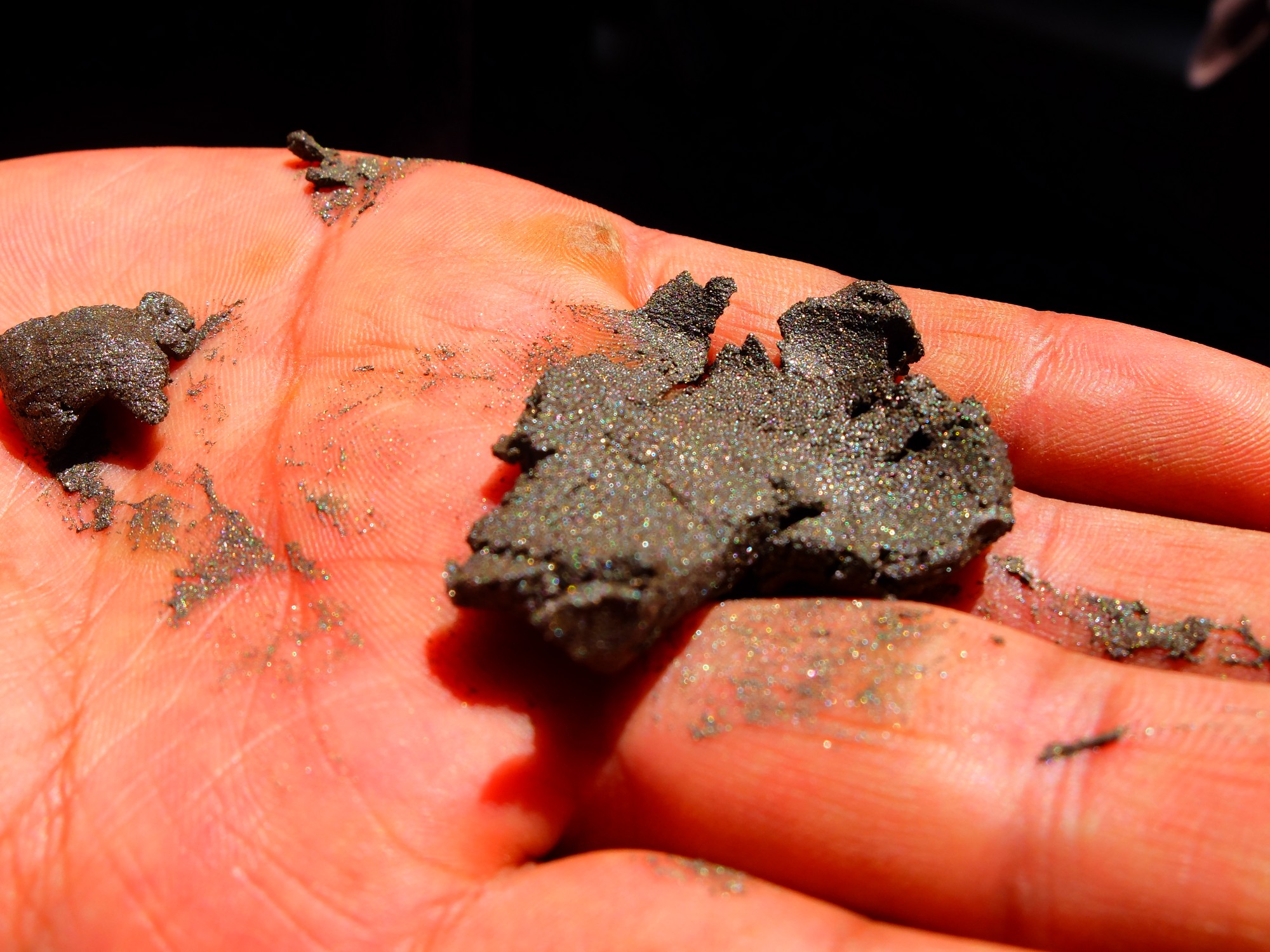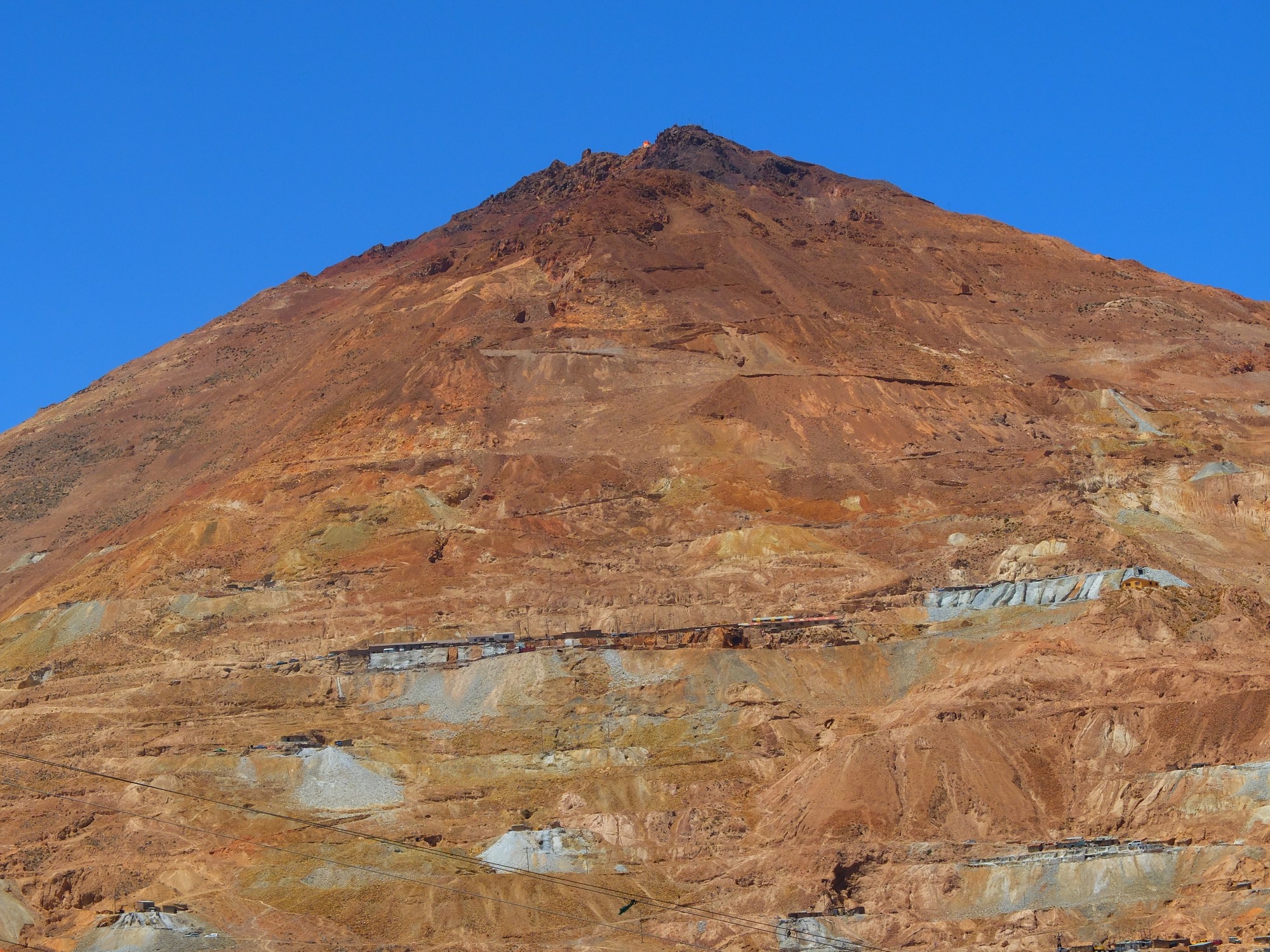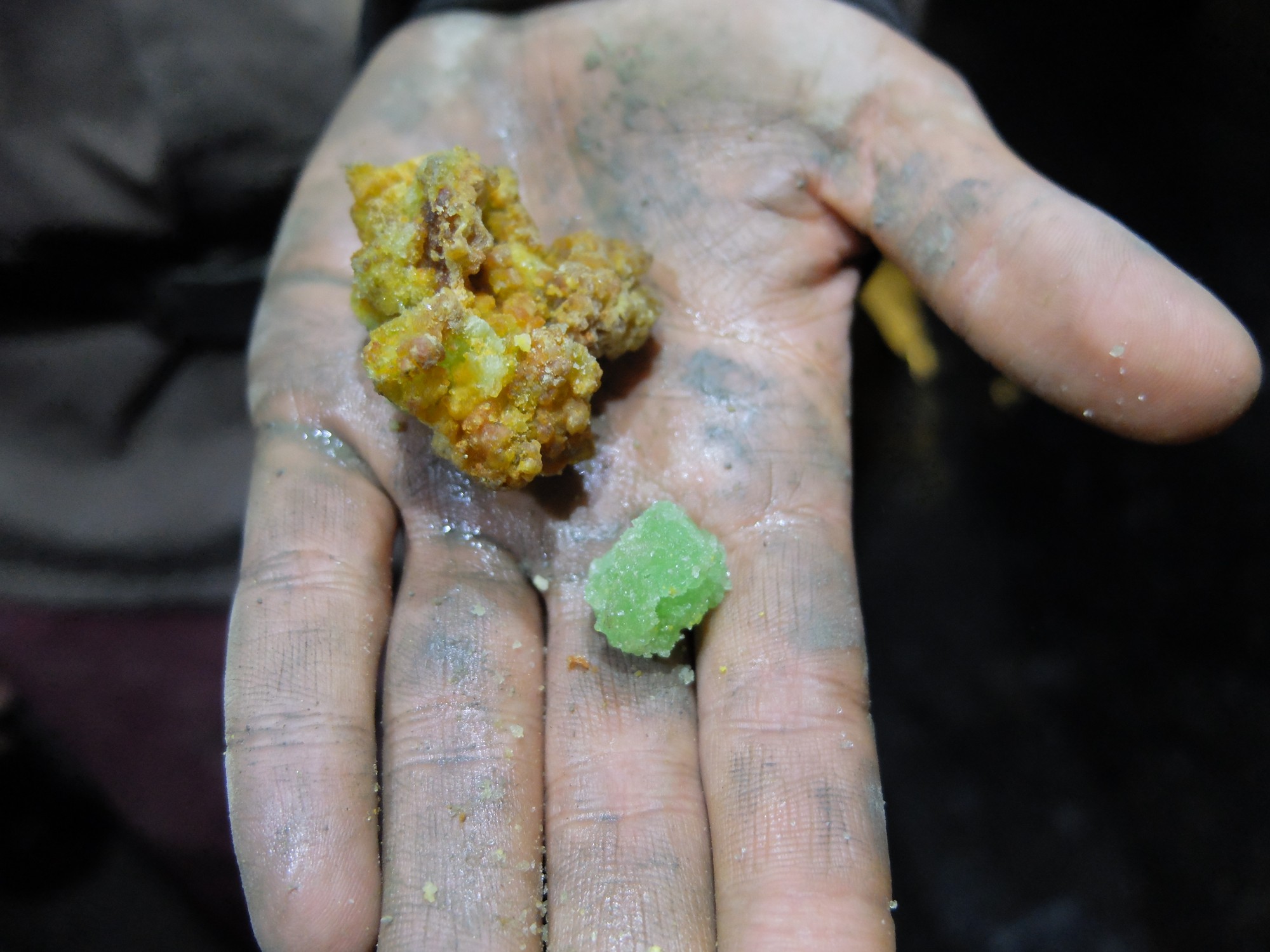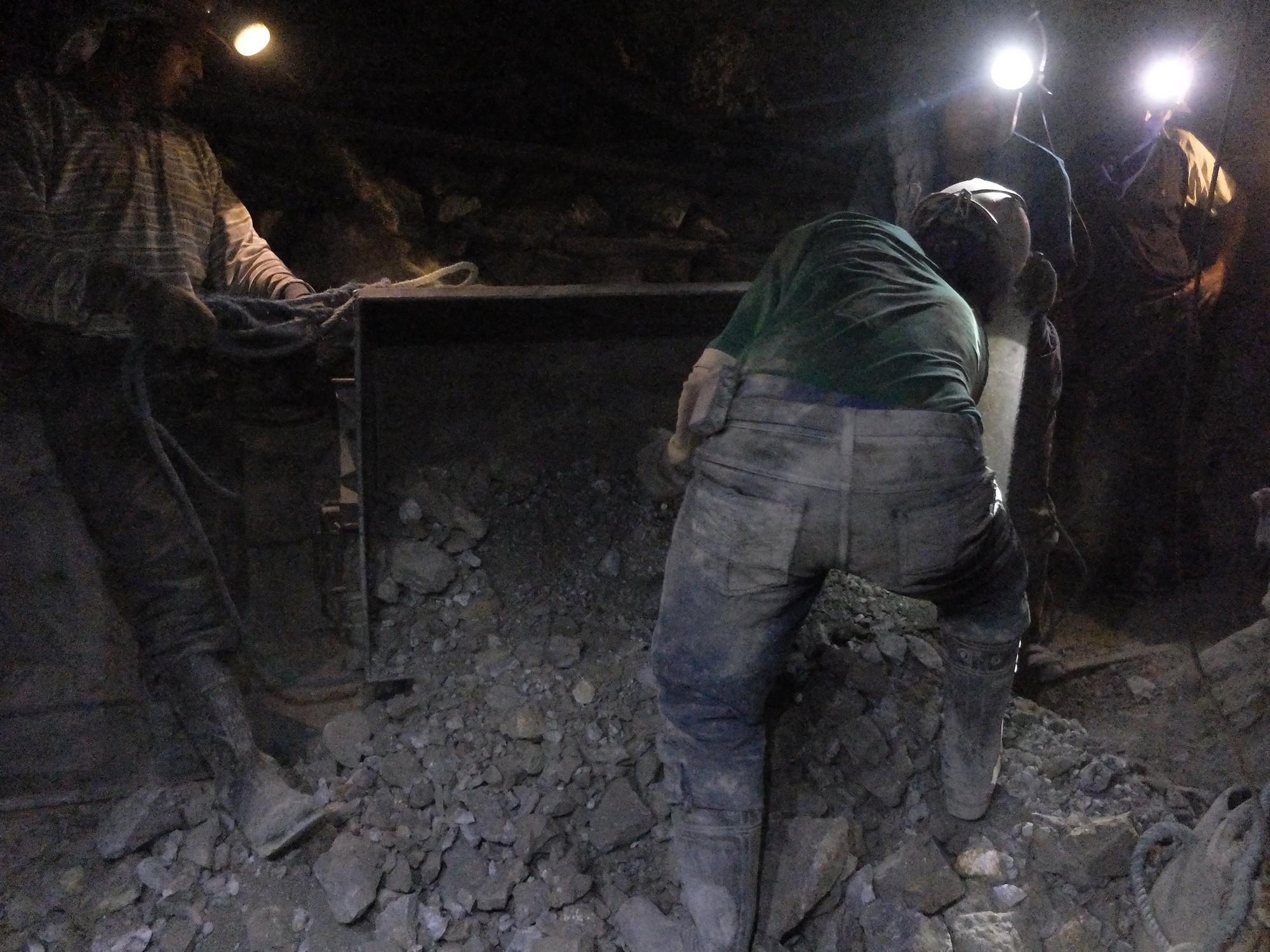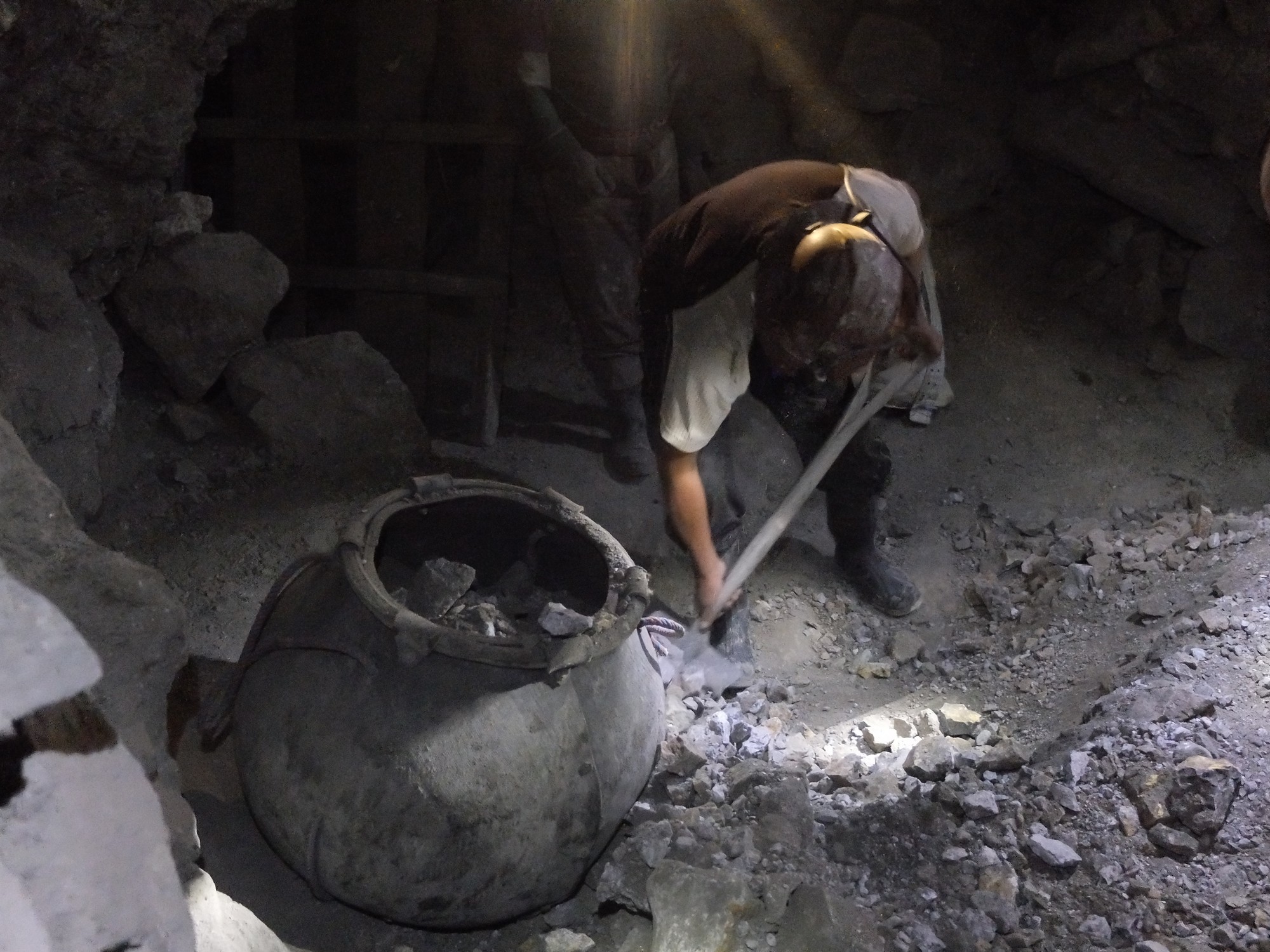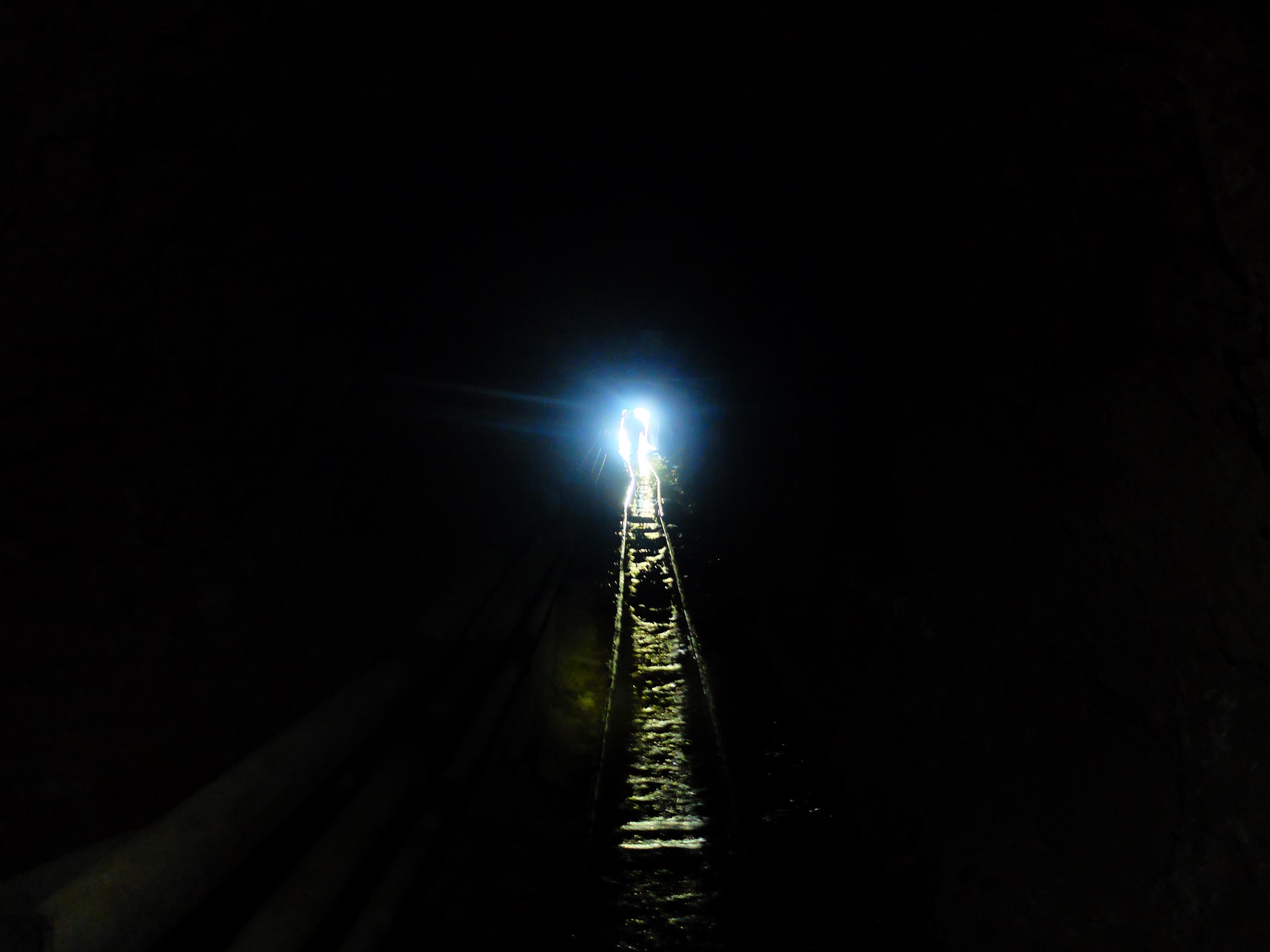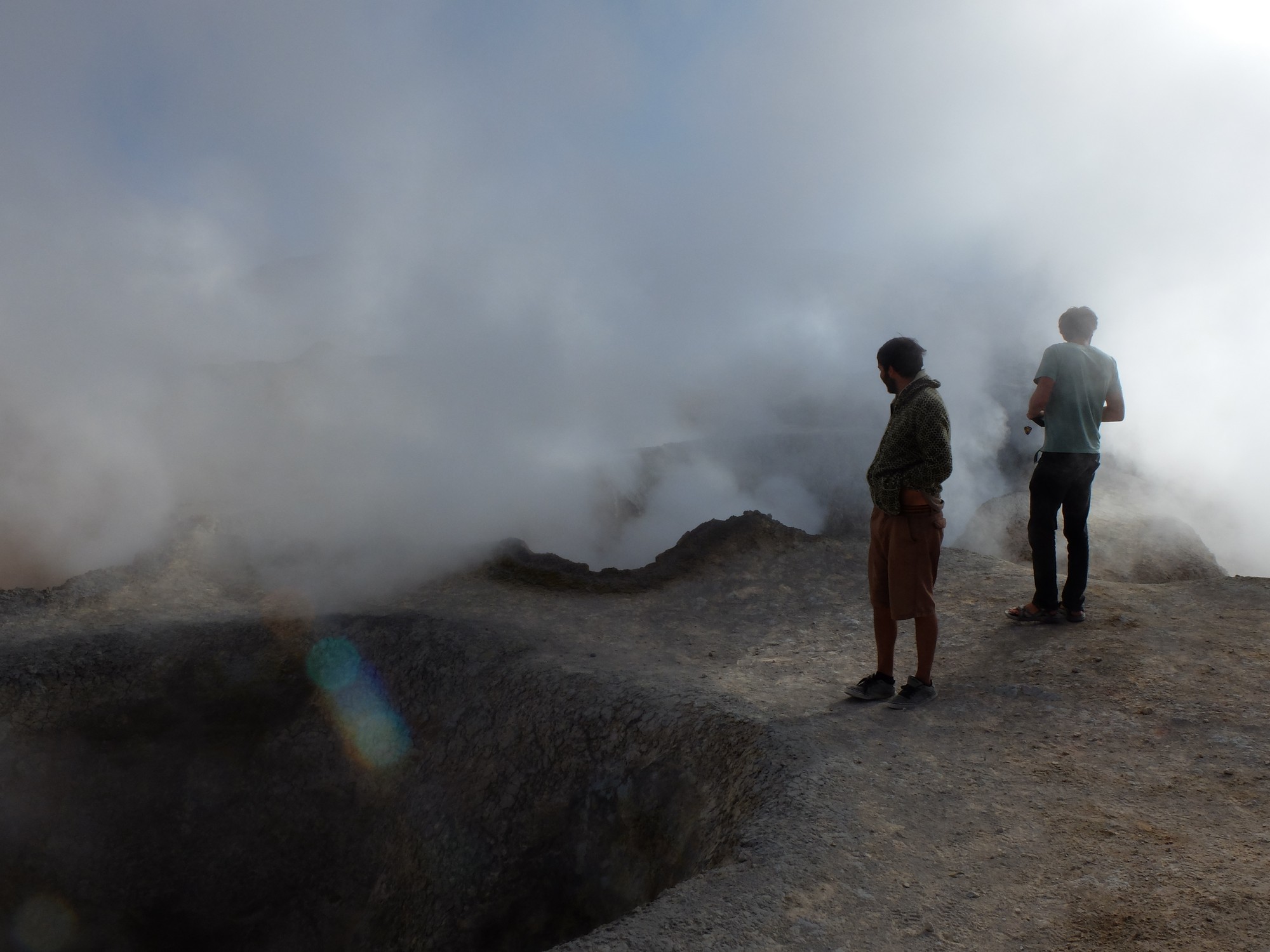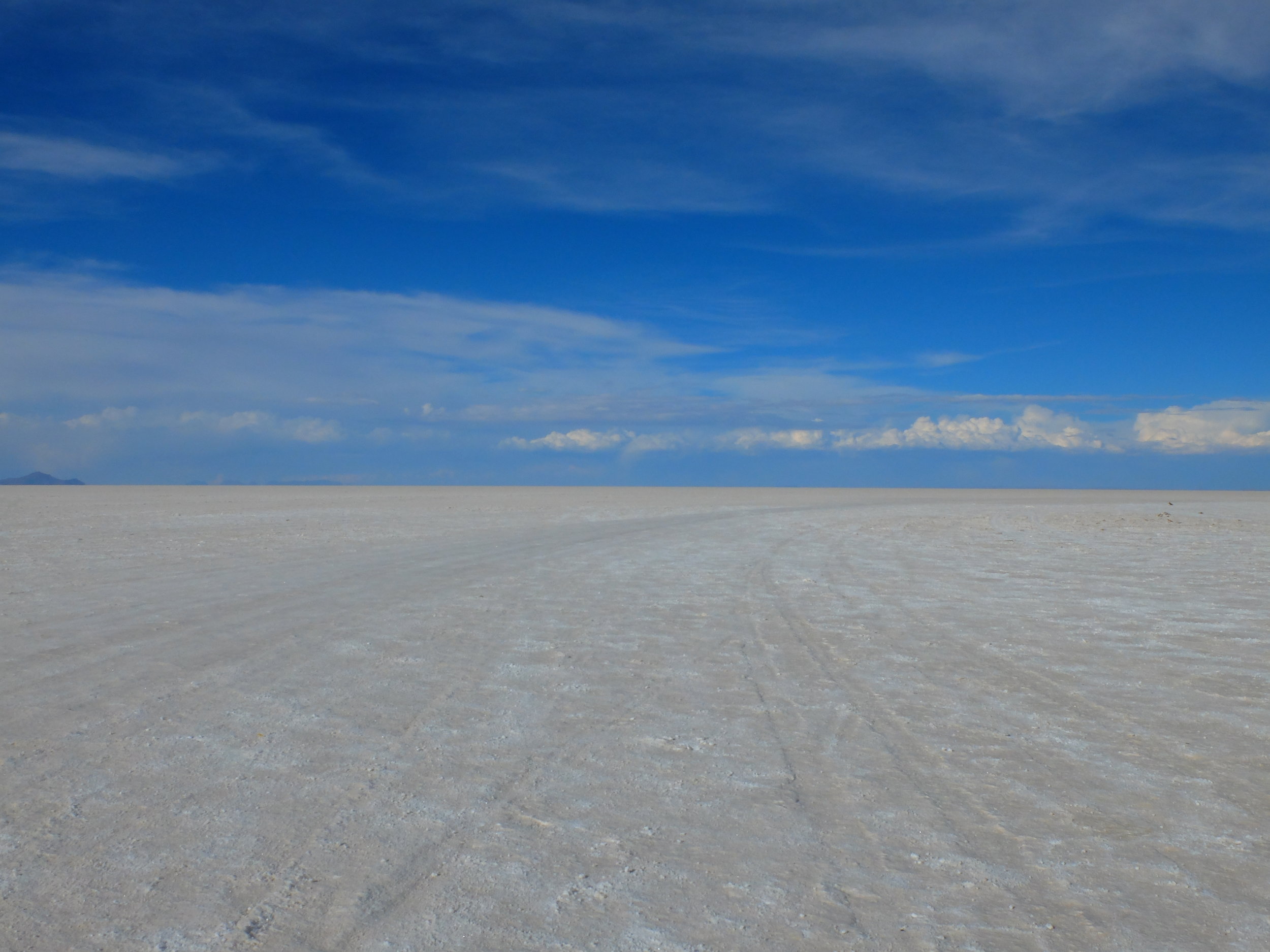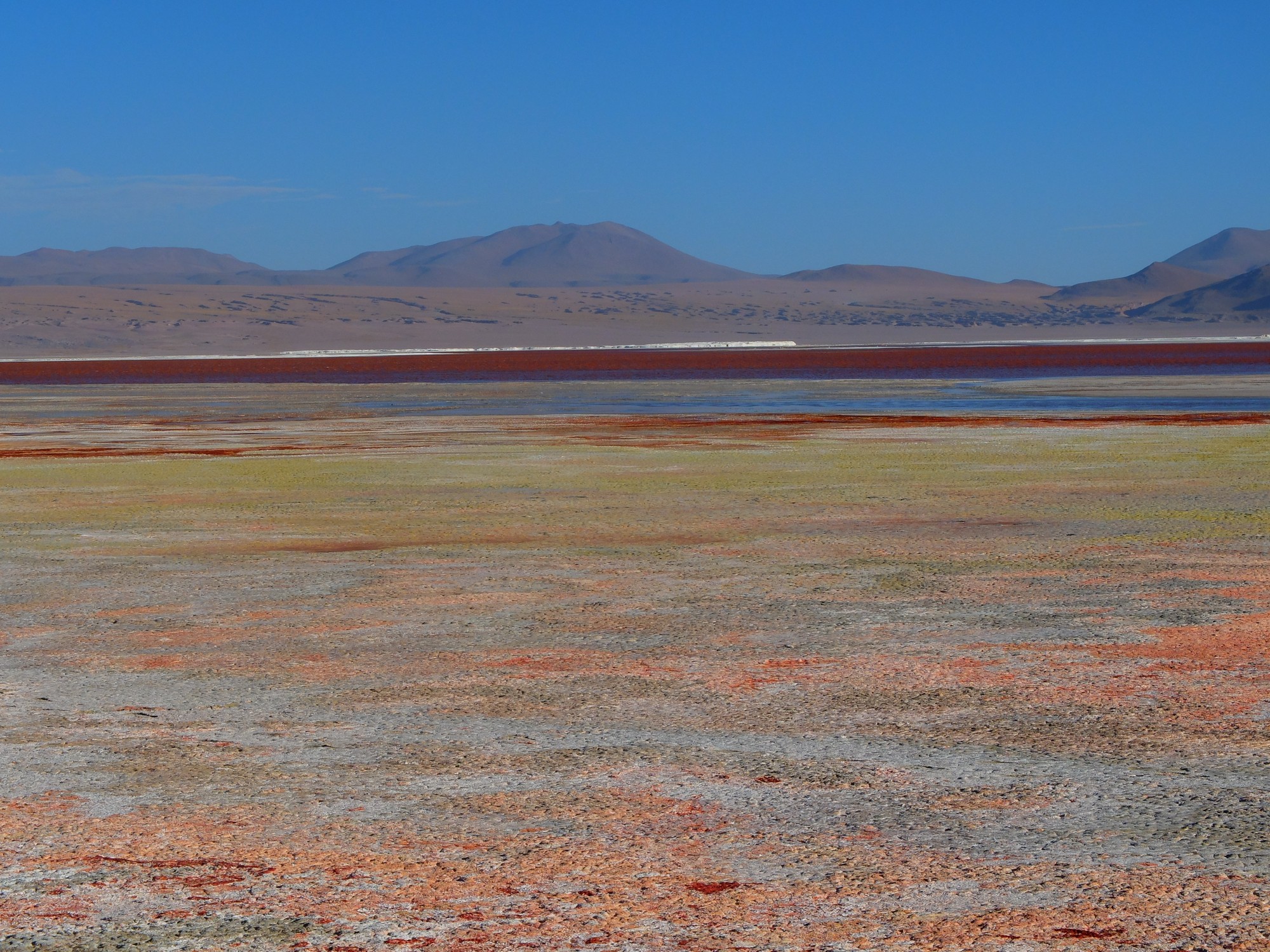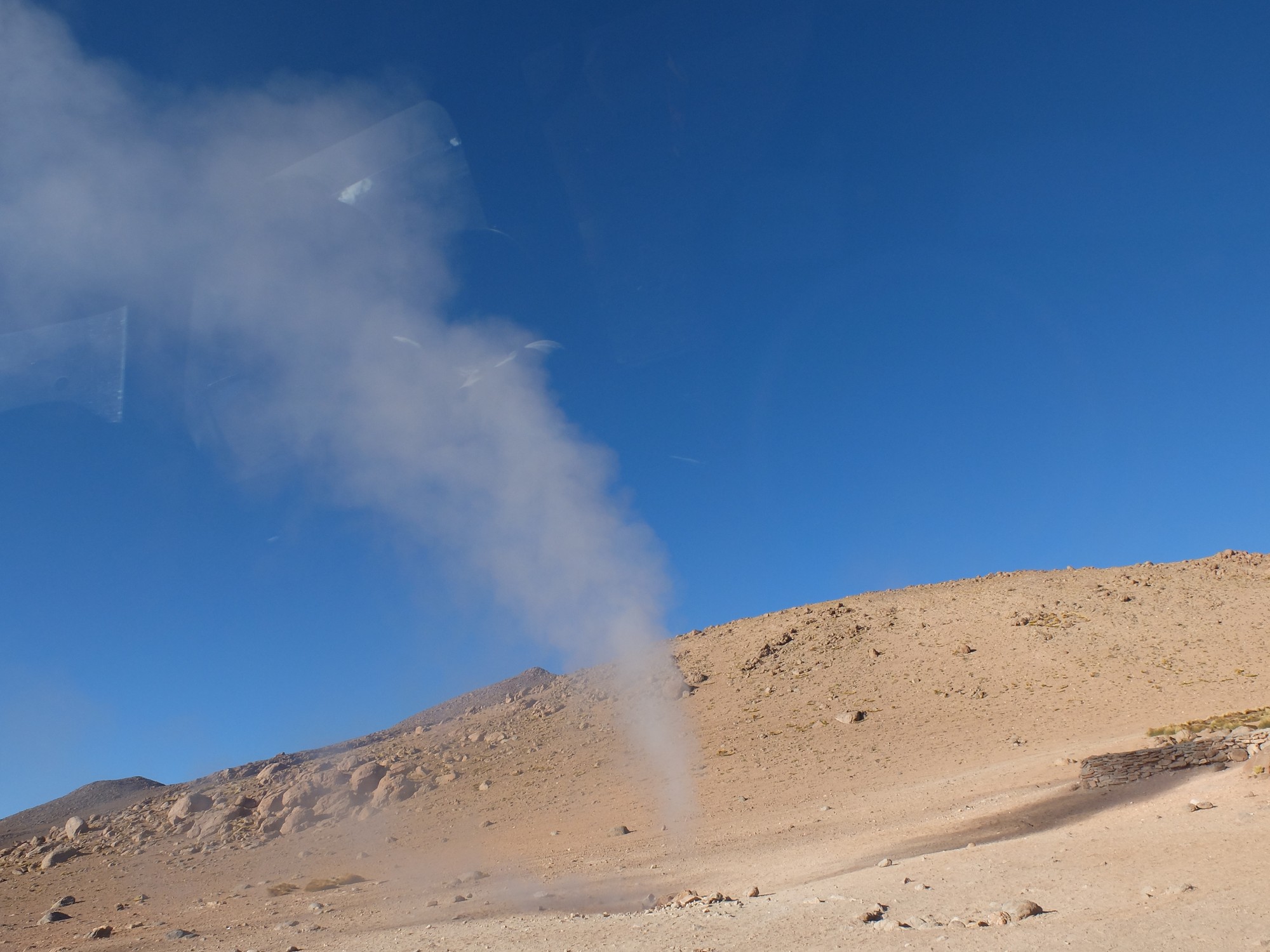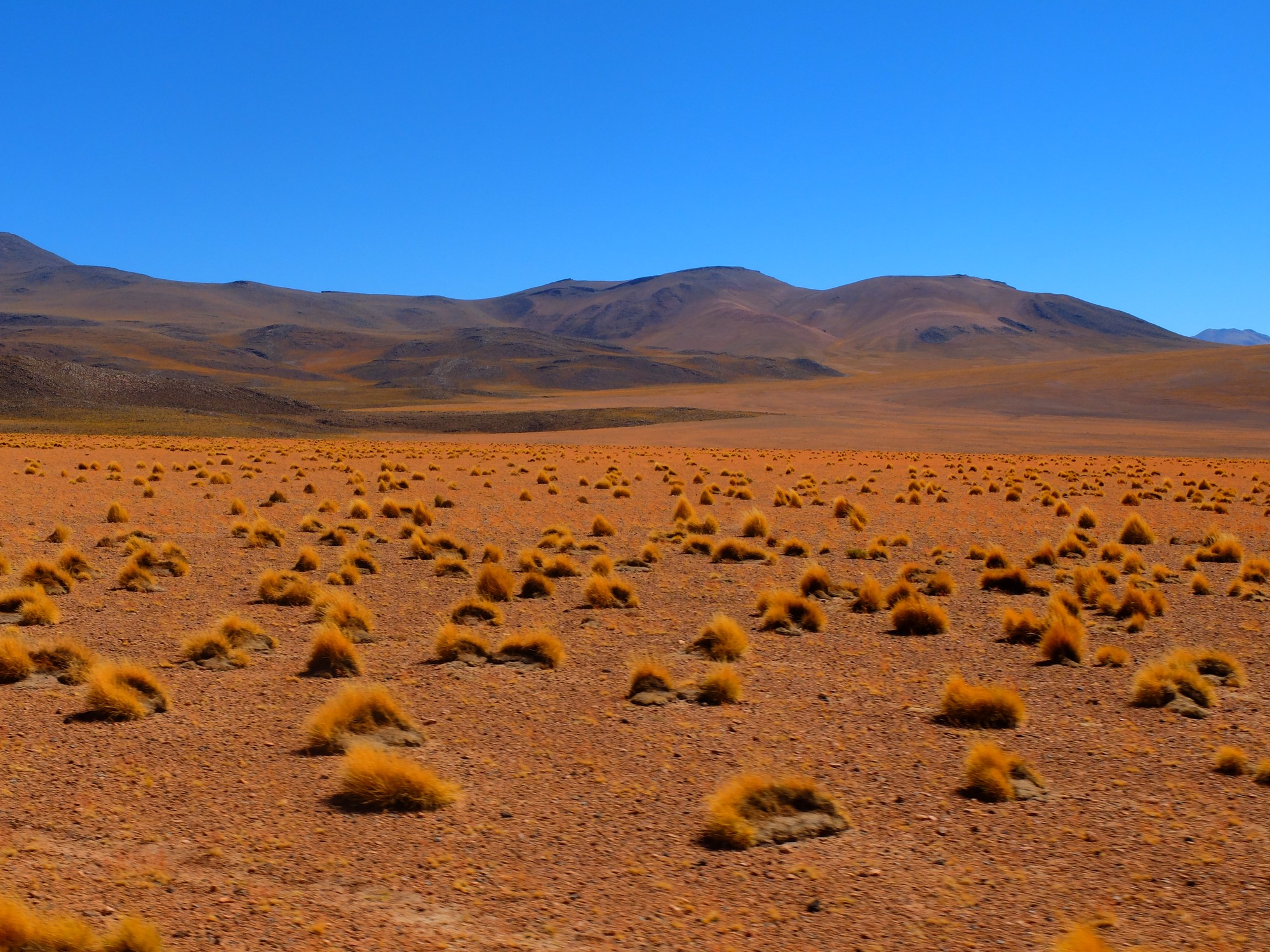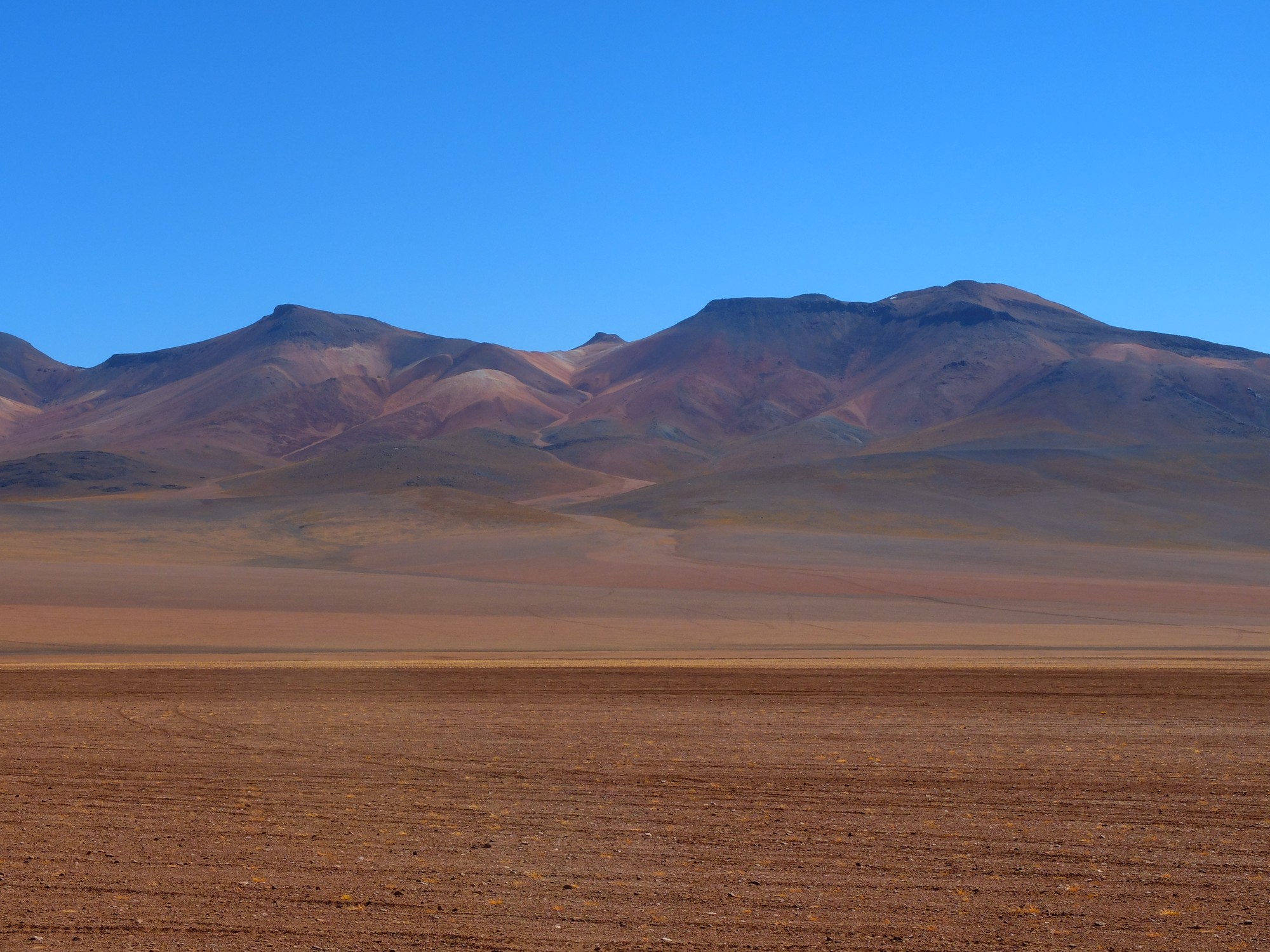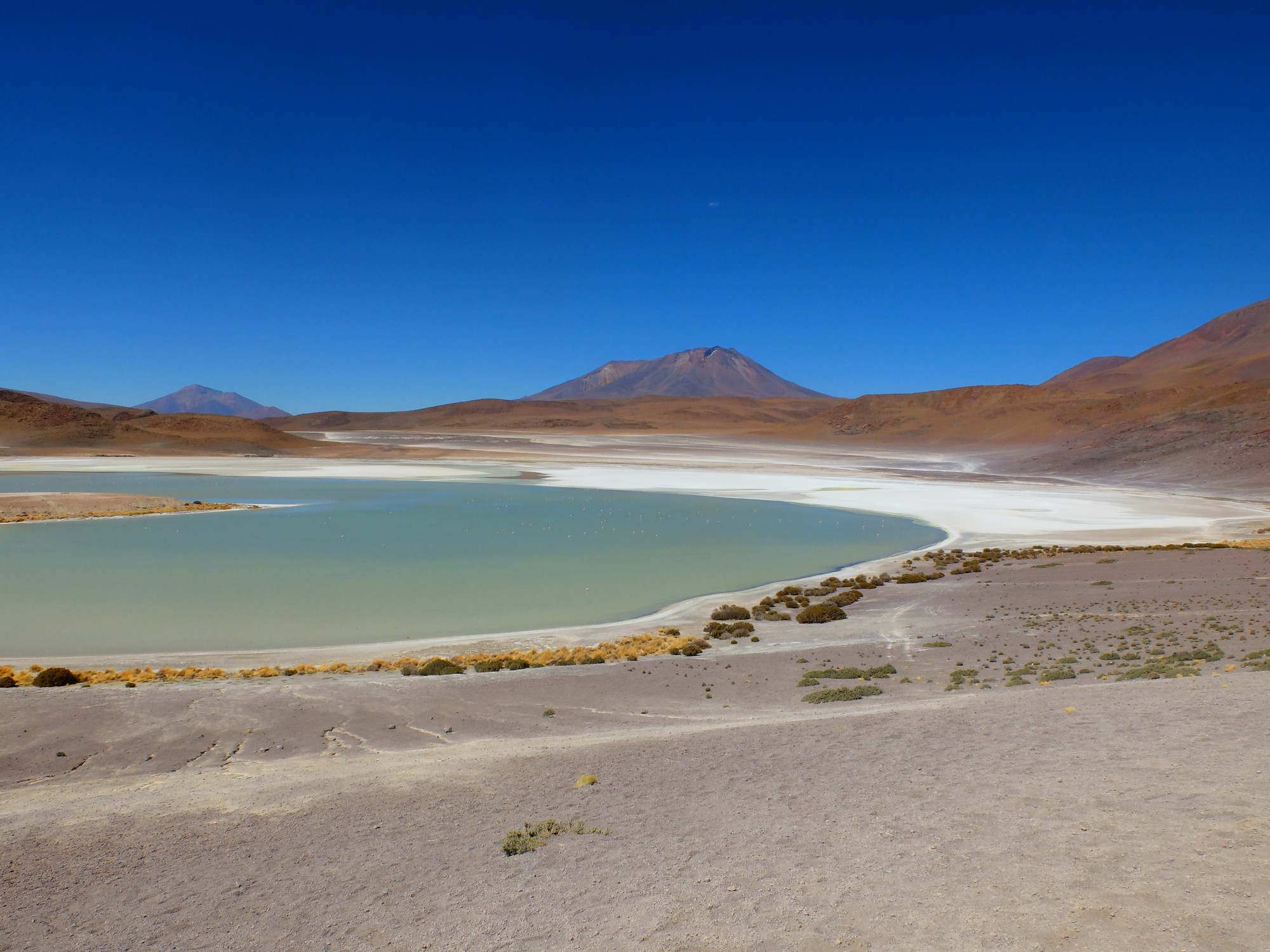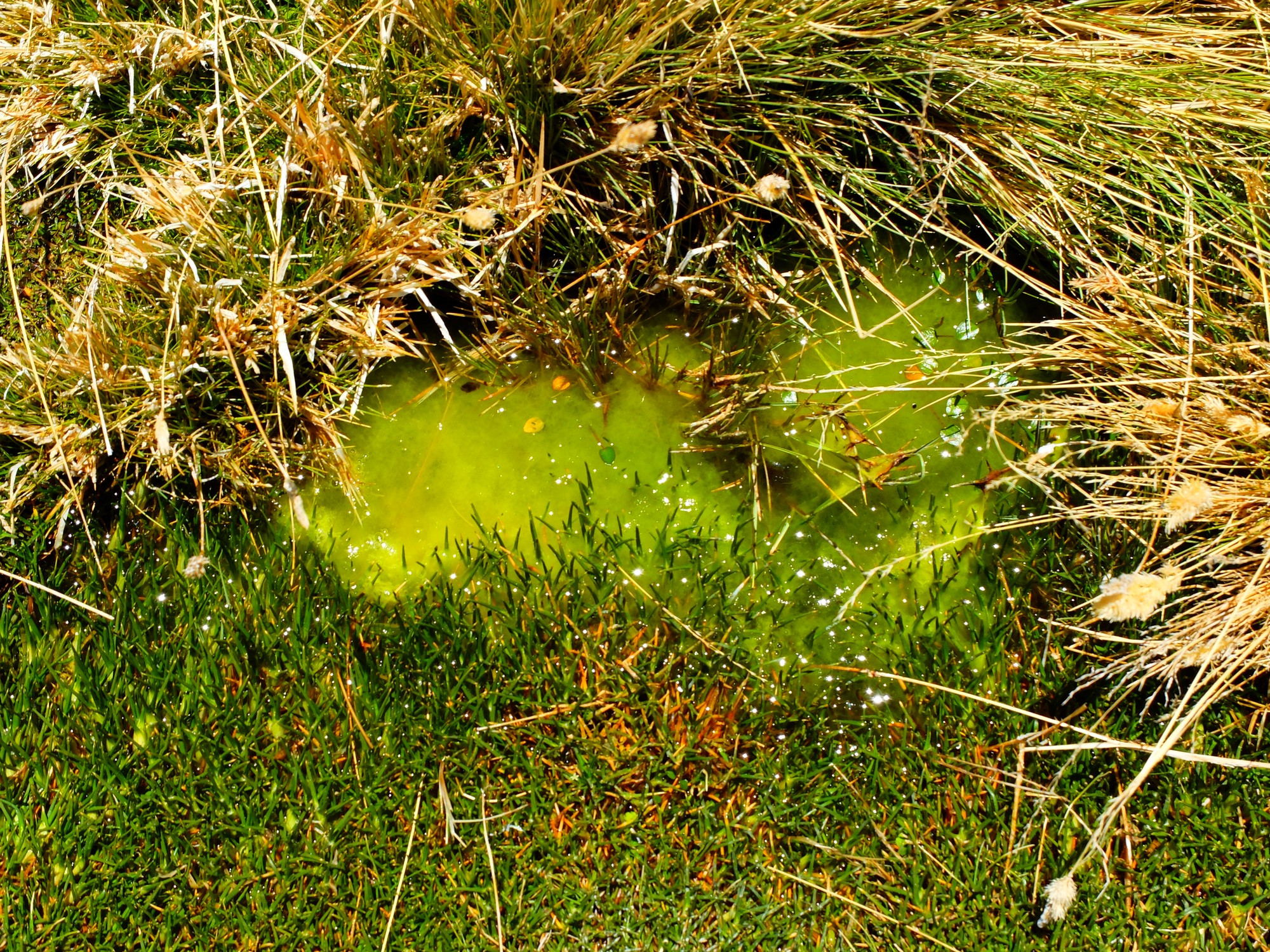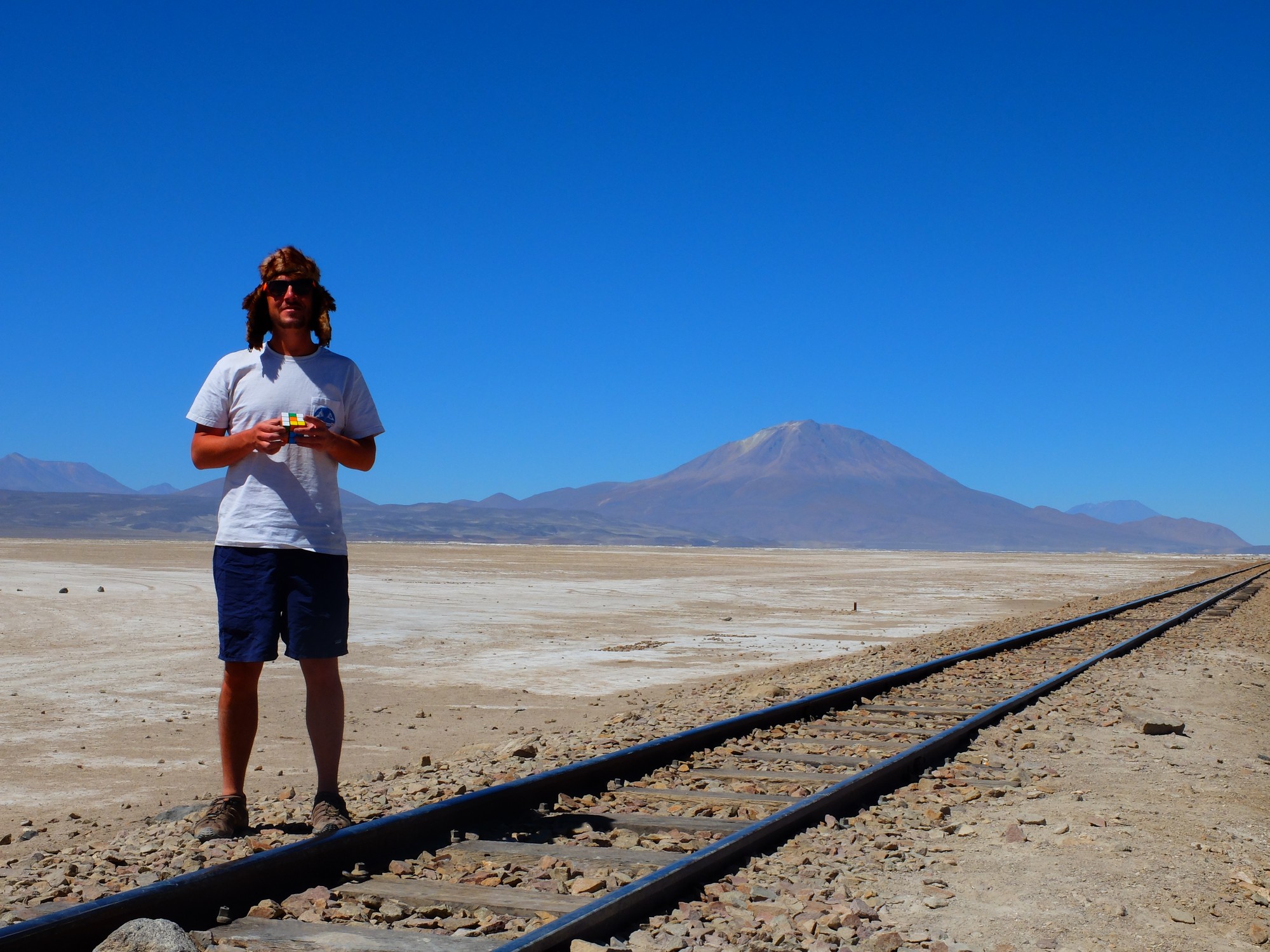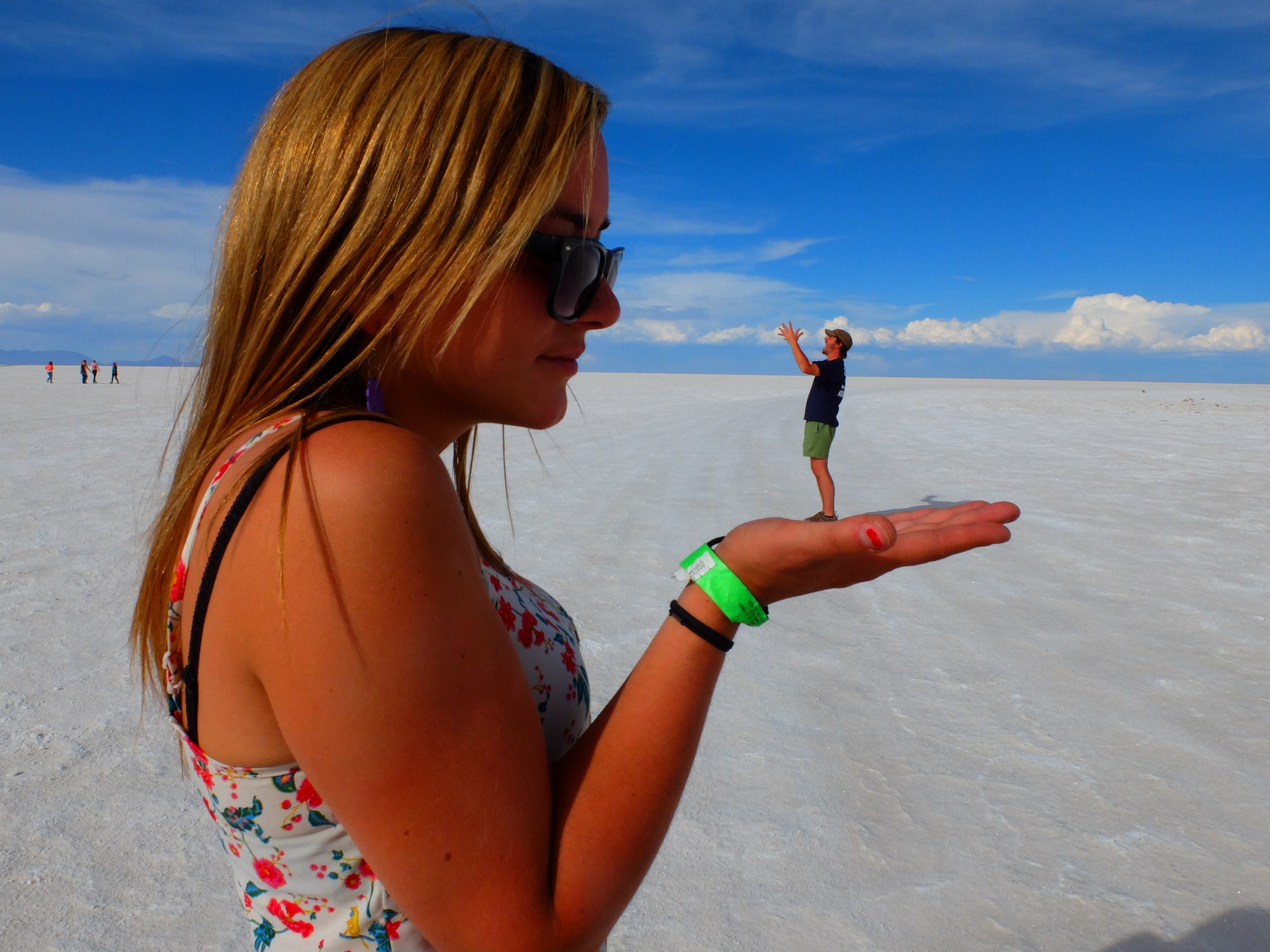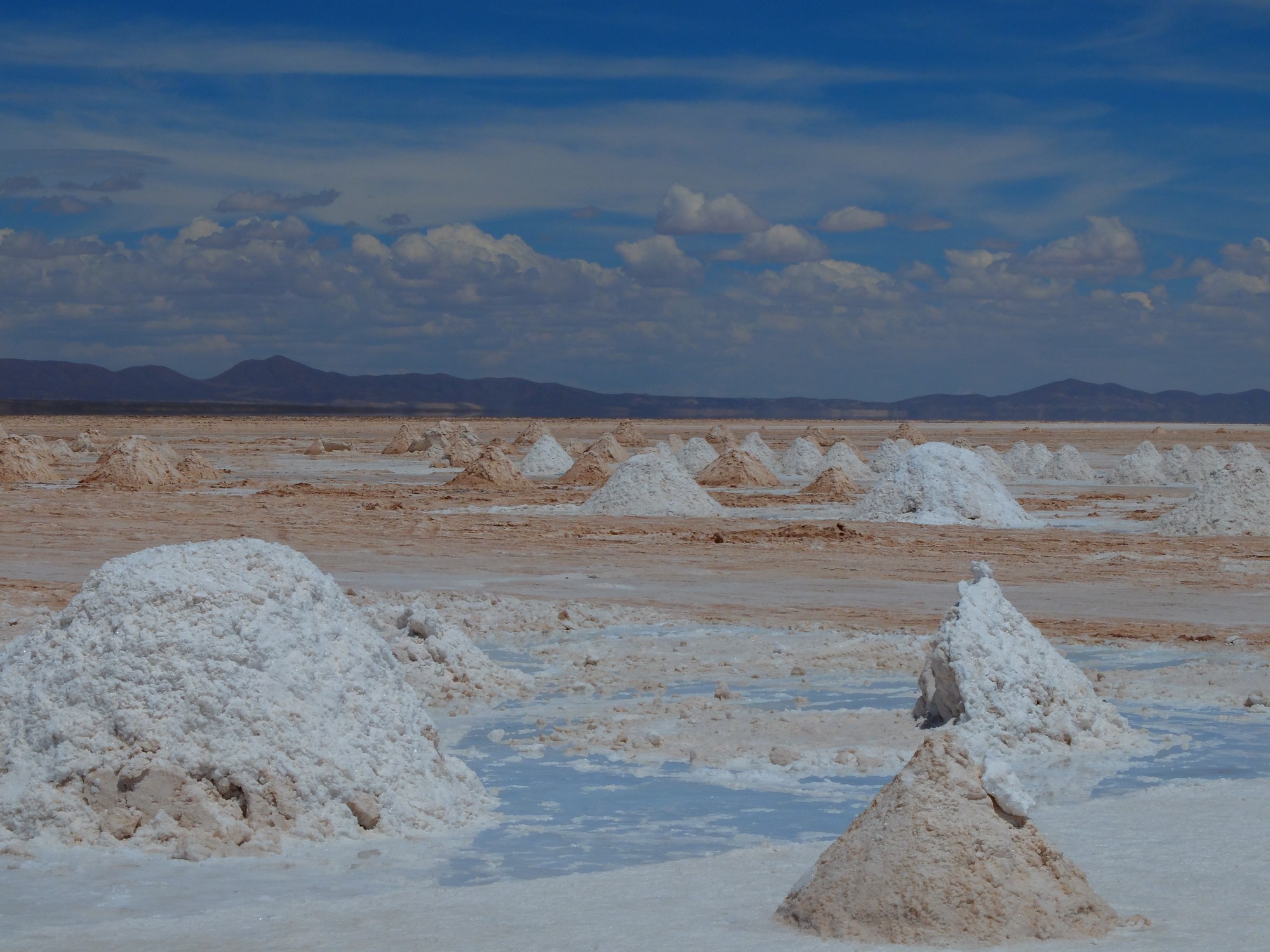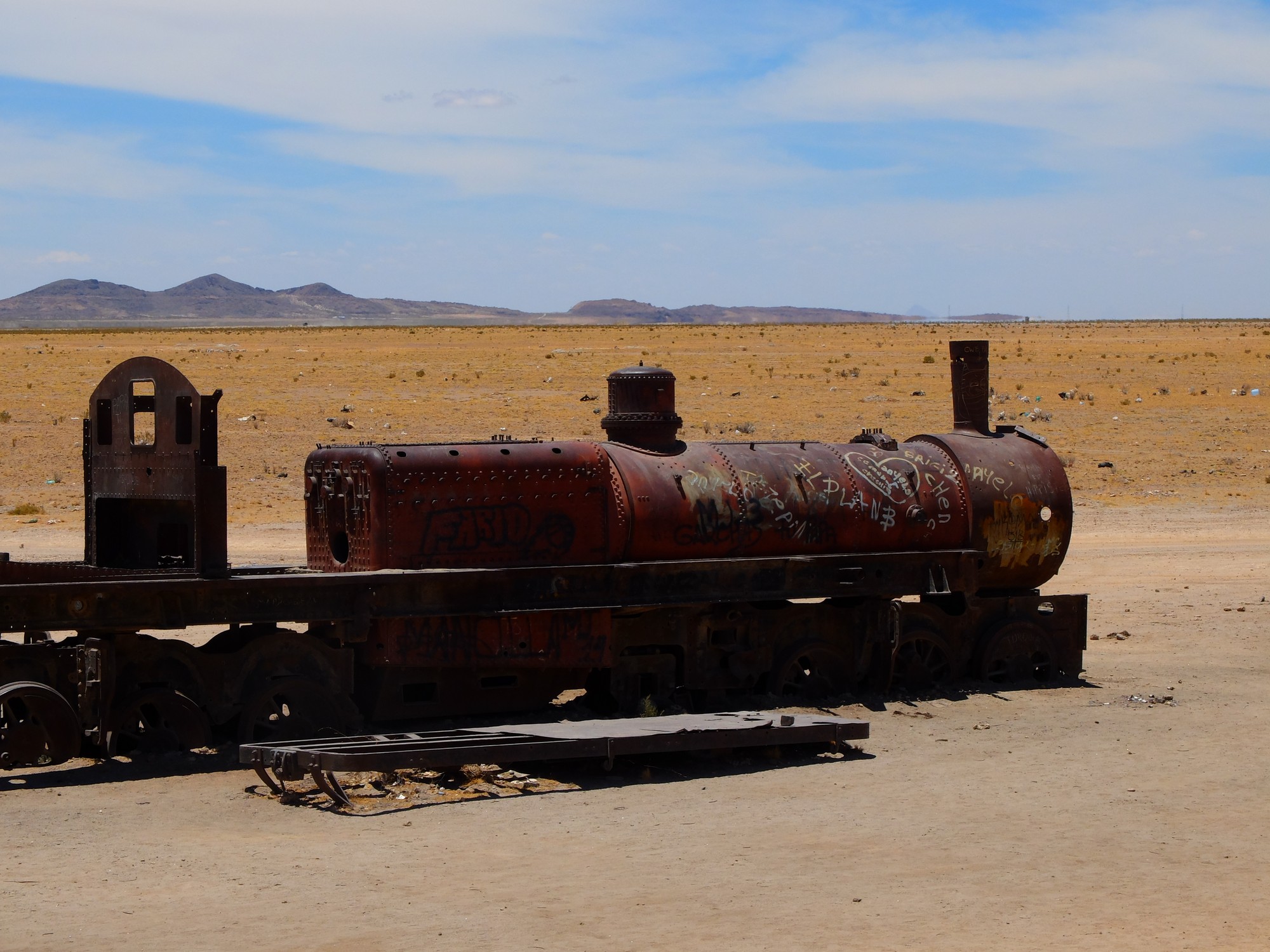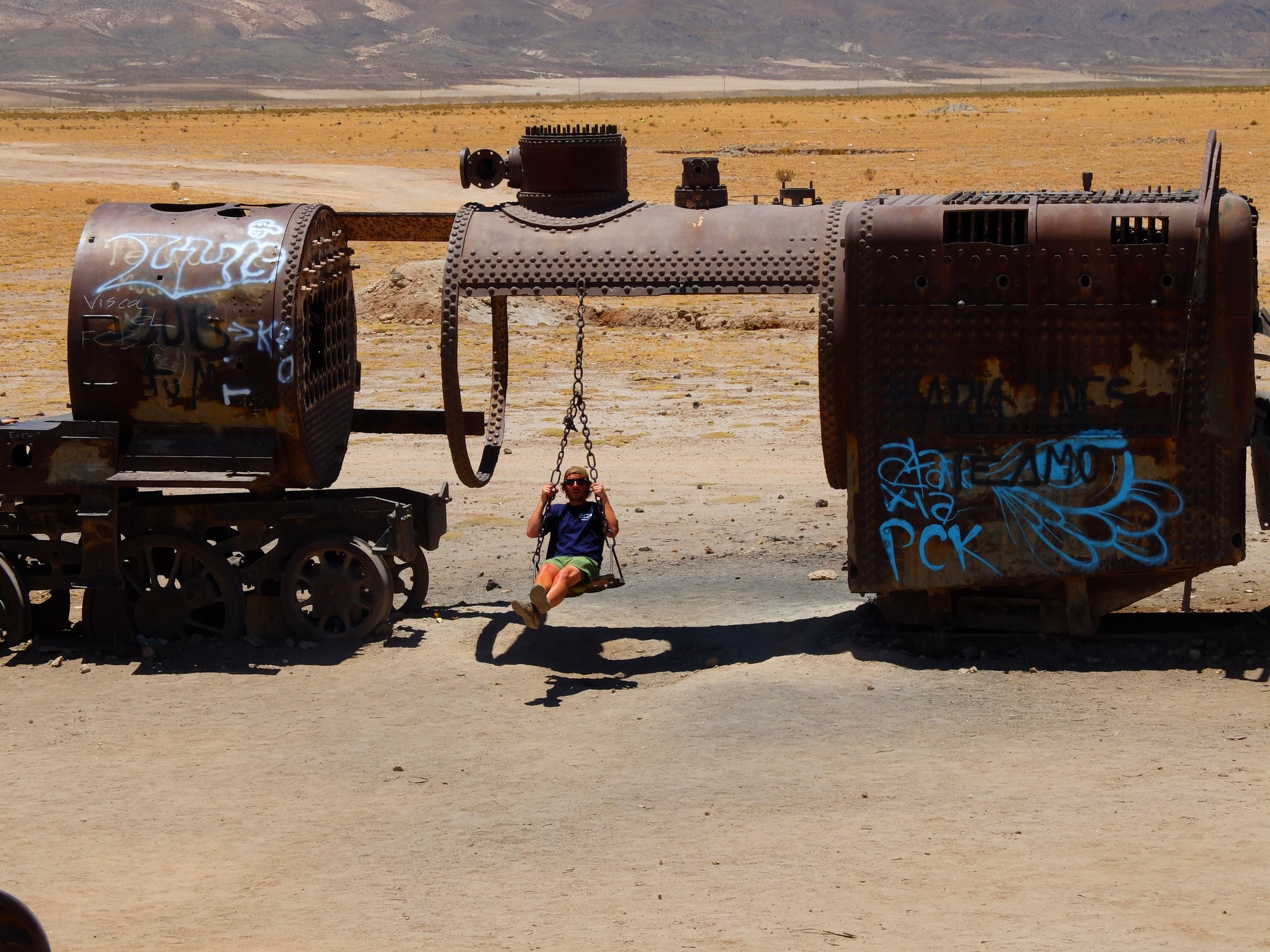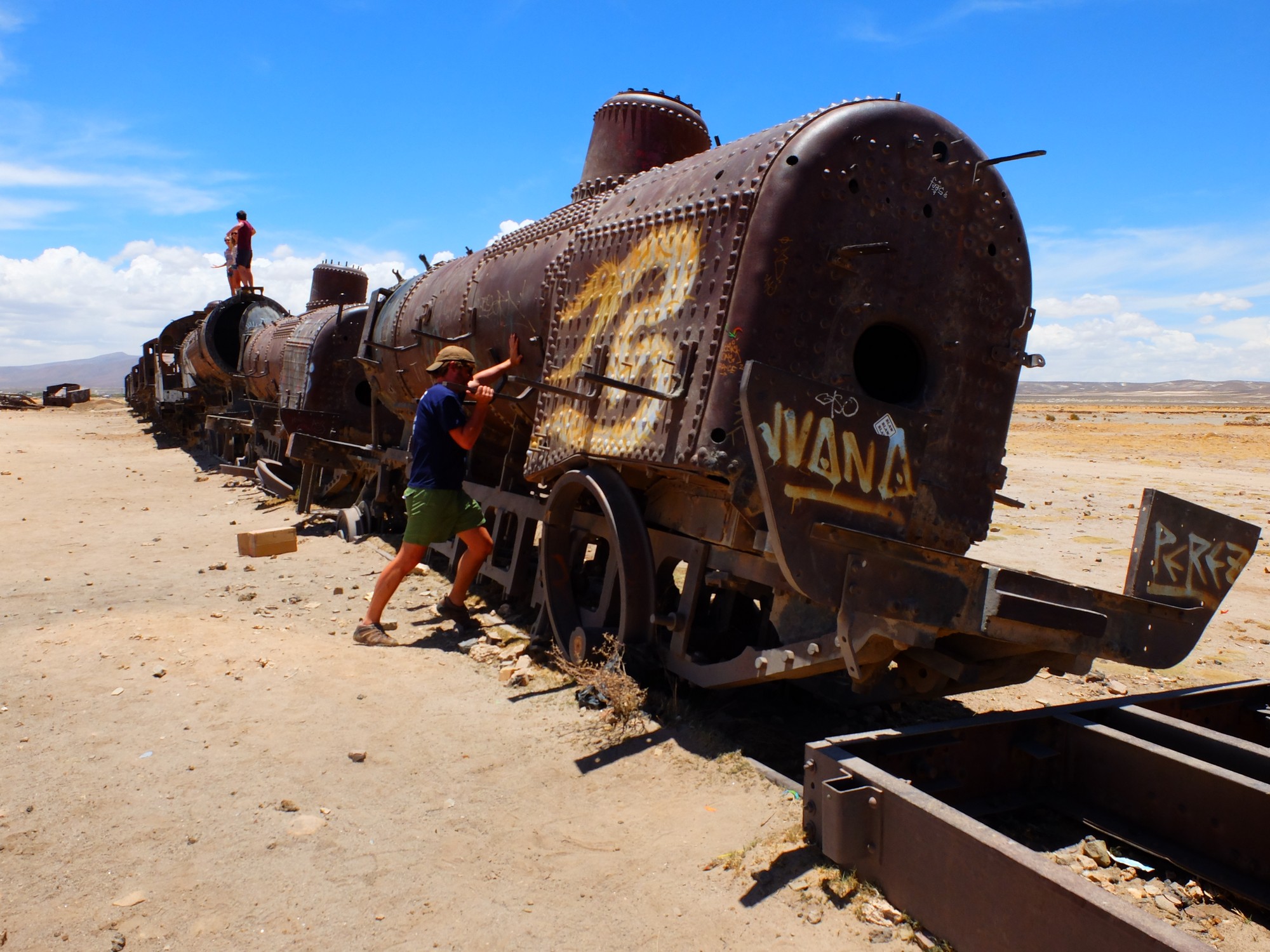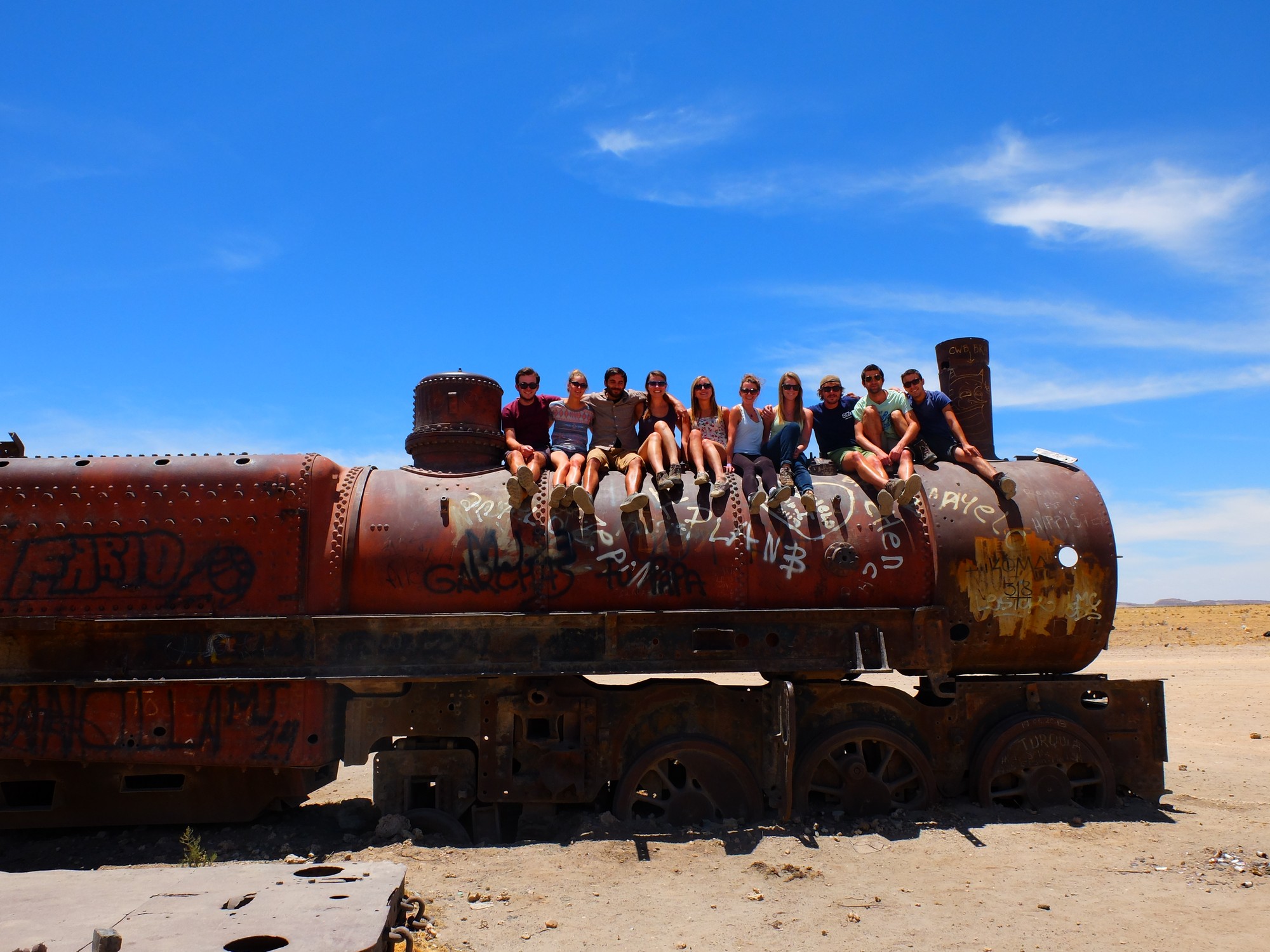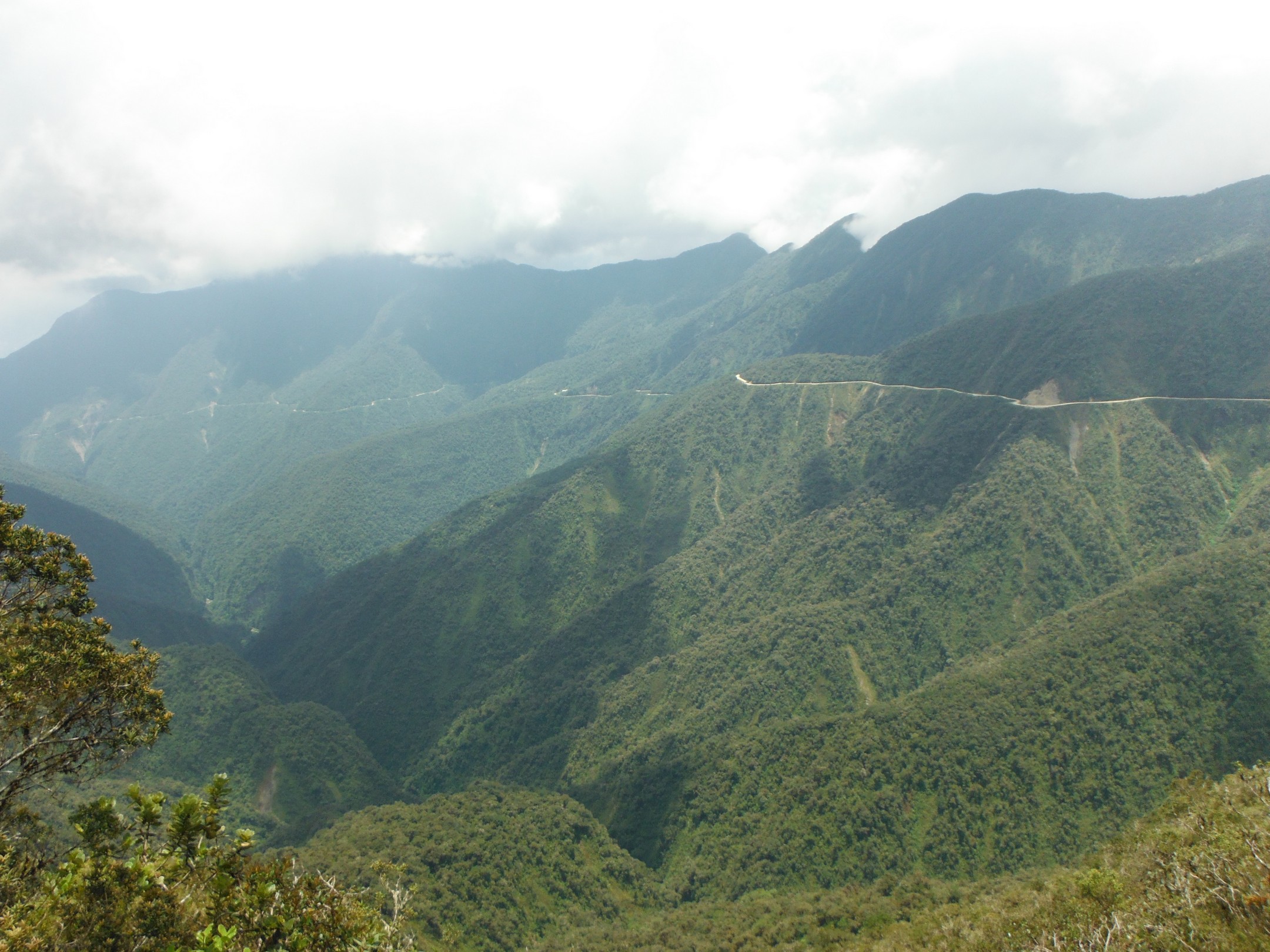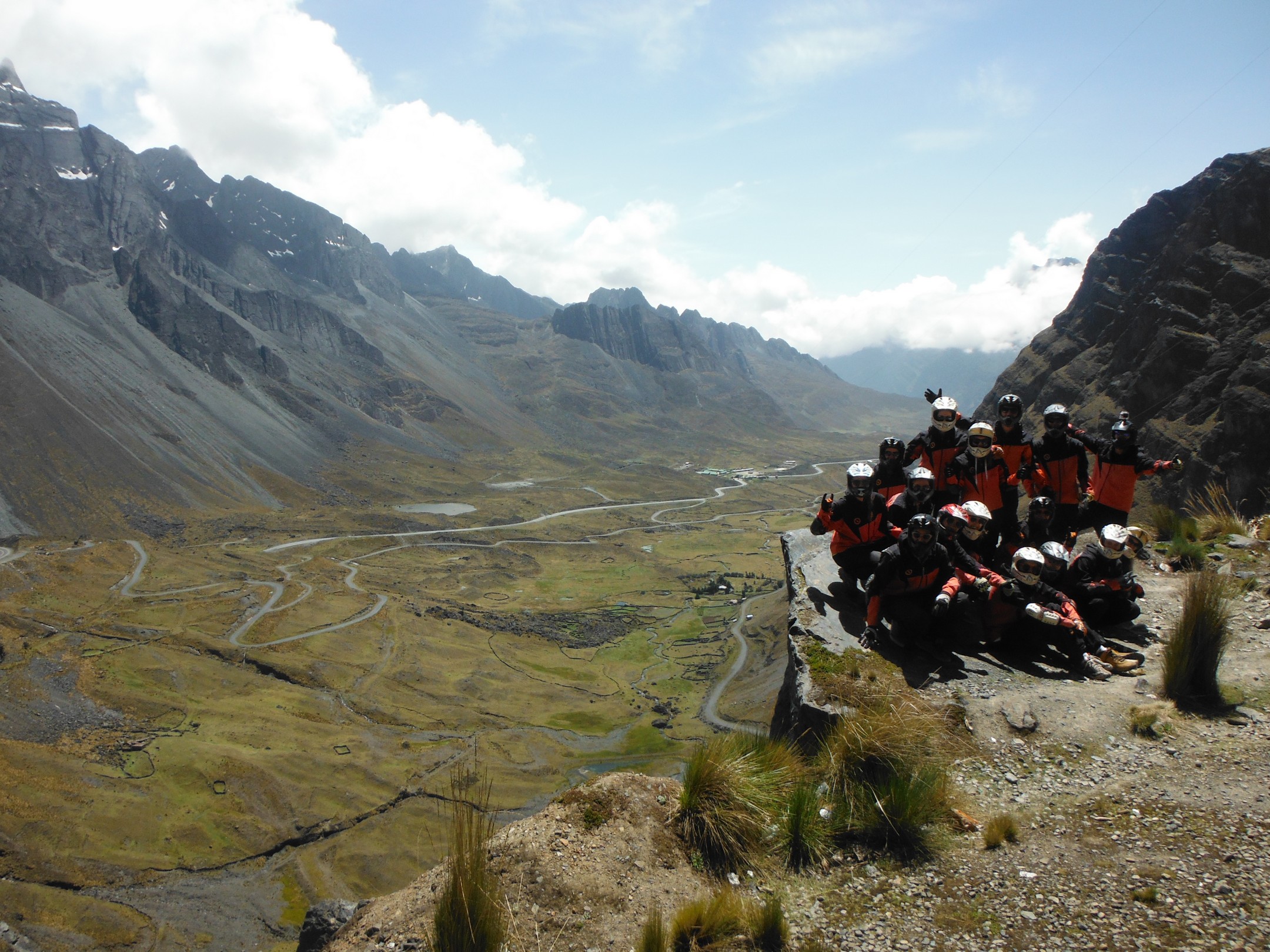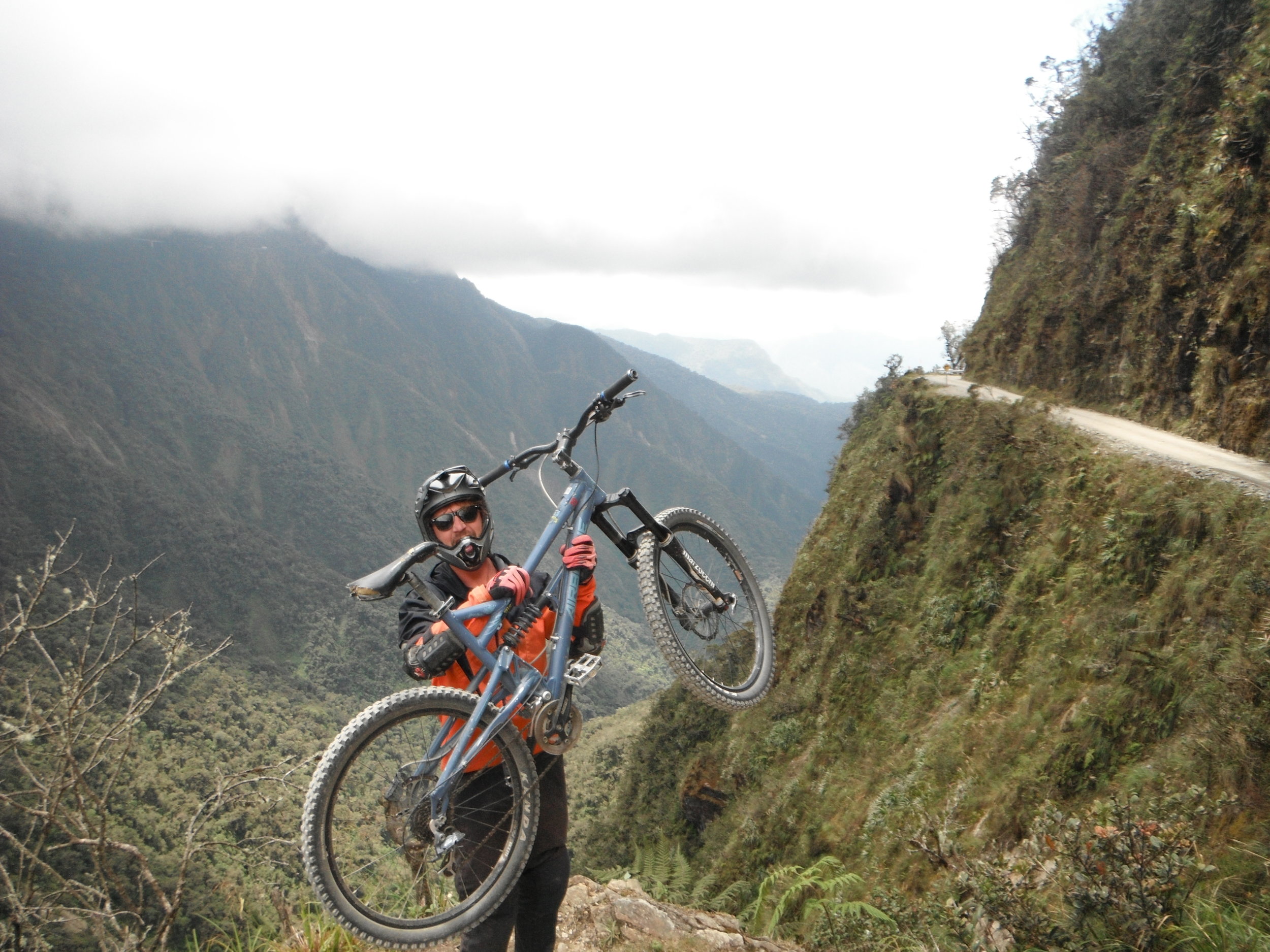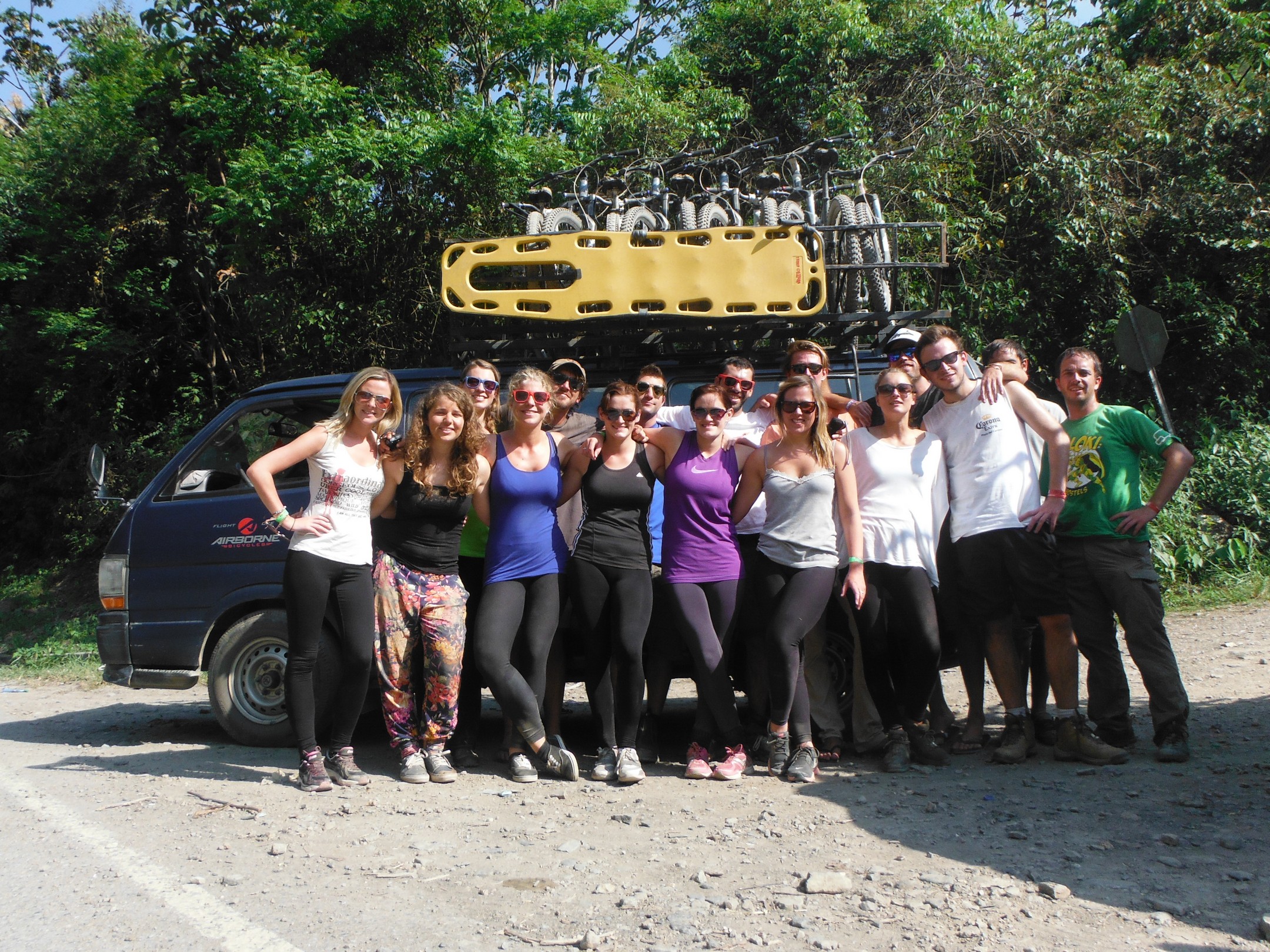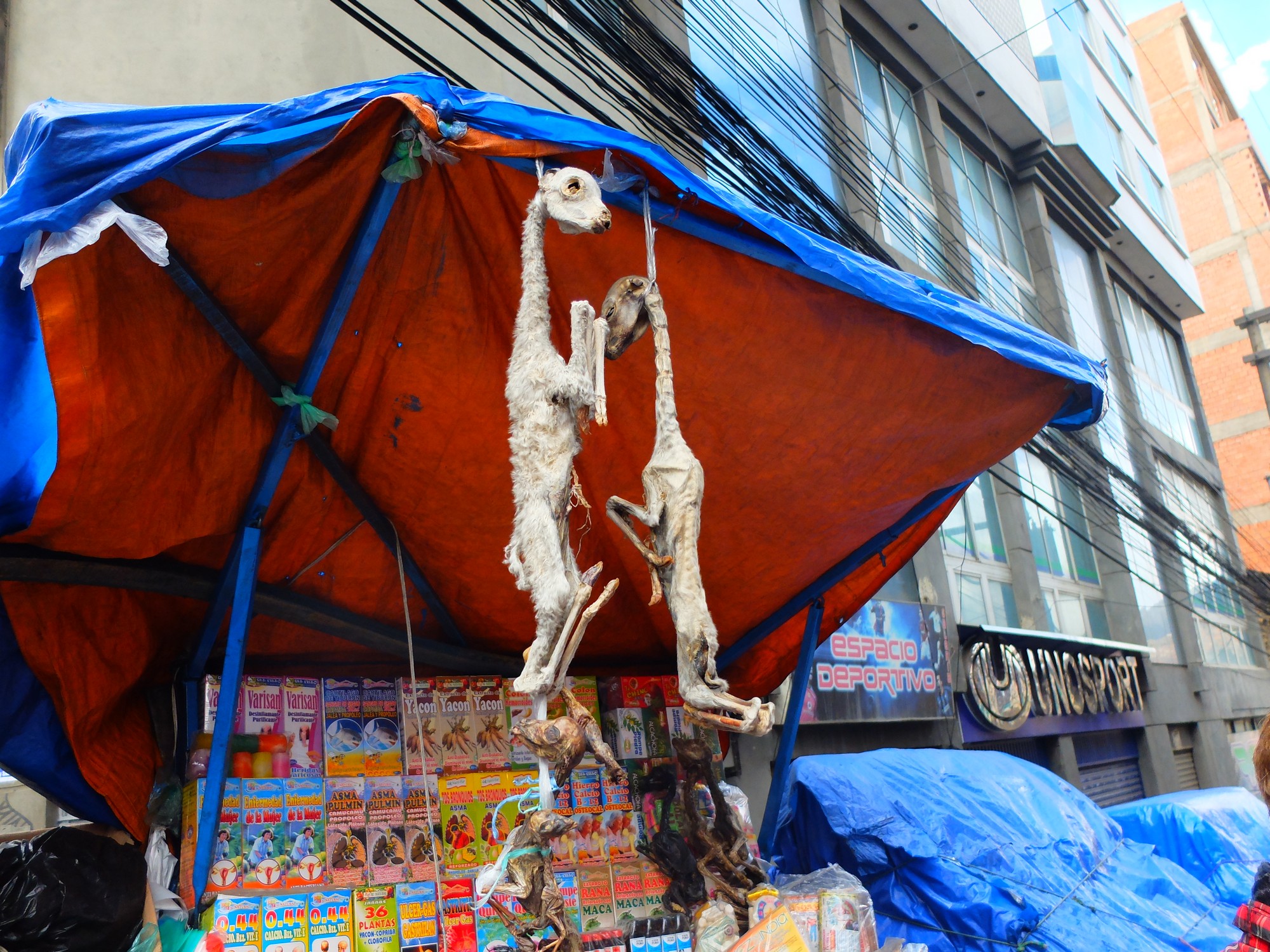The Men Beneath the Mountain
In Potosi, there are men beneath the mountain. They’ve been there for four and a half centuries, toiling away in the dark. They’re desperate to see one more rich vein of silver running through the stone. Most will never find it.
The ones there now are the ones who have always been there. They’re indistinguishable from their great-grandfathers. Small in stature, coarse skin, coca-stained teeth. Curved spines from a lifetime of ducking.
They are doing what they’ve always done - manually dragging ore out from deep inside the mountain, through rickety shafts built by their forefathers. Techniques haven’t evolved, there are no computers or heavy machinery or hydraulic lifts here. Take away the electric lighting and you could be in the 1700’s.
And they’re dying the way they’ve always died – scoliosis and lung cancer. Most start work at 14 and don’t live into their forties. Their work is literally back-breaking. Of everywhere in their lives, the mine is where they’ll spend the most time.
A hundred years ago Potosi was one of the richest places on earth. ((Potosi was once a bigger city than London)) Fifty years from now it might be deserted. Geologists say the mine is nearly exhausted, they say that the men have taken almost all there is to take. ((The mine is already hundreds of meters shorter than it once was and many geologists believe collapses will become increasingly common in the coming years)) But diminishing returns discourage no one. If they can’t find silver they look for tin.
Everyone knows dozens of people who have died in the mine. ((Hundreds of thousands, maybe millions, have died since the mine opened in 1545)) Yet, maybe more powerfully, everyone knows one person who has become rich, relatively, from what they found in that terrible, dark place. That money can be used for food, a nicer home, a new truck. But there is one thing the money can buy that is valued above all the rest. When a man becomes wealthy here, his wealth allows him to achieve the shared dream of every worker. They all say the same thing about these rich men, their voices thick with envy.
“His sons will not work in the mine.”
Before you think these men are controlled by some devious corporation, know that their management structure is surprisingly unionized. They form their own groups, called collectivos, and are paid directly according to what they pull from the ground. The money is terrible, of course, but it’s also based, theoretically, in some kind of fairness. ((Most miners make about $3 for a 12-hour shift)) In short, these are not slaves. They are simply men with nothing else. Which I suppose might make them slaves in their own way.
We brought them gifts – dynamite, coca leaves, and unfiltered cigarettes. They shrugged, indifferent to our presence, indifferent to the idea that gringos would pay to come down into the dark. They were just trying to find that last bit of silver. In many ways, nothing else matters.
We were in a small cavern, watching the men shovel rock into buckets, when our guide told me his father used to work in this collectivo. The work here is among the most physically intensive in the mine and, as his father got older, it became too much for him. He moved to “the hot place” – a mine shaft deep in the center of the mountain. Though they endure the incredible heat and a dangerous lack of oxygen, the miners there generally make less money because the rocks are slightly smaller and lighter. A different group of gringos passed us in the cavern and began to walk down the shaft to see this notorious “hot place”. I asked our guide if we’d be following them, if we’d see his father.
“No. I will not go there. I cannot bear to see my father working in this place.”
They drink harsh, clear liquor and pour out two drops: one for Pachamama, one for El Tio. Pachamama is Mother Earth, the giver of life, the creator of the mountain. El Tio is The Uncle, the devil of the mountain. He is always depicted naked, drinking liquor, laughing maniacally at the miners in their suicide quest for silver.
It’s as if they’ve come to an agreement. Pachamama will provide them the tiny silver flecks in the dirt that is their lifeblood. Then El Tio will take them and they will stay beneath the mountain forever; their work mercifully over. And their sons will enter the mine, to see what they can find.
Parque Cretacico
Nineteen years ago, near the town of Sucre in Bolivia, a group of cement factory workers were clearing a plot of land intended for use as a quarry. Shovel struck dirt and a worker noticed a strange formation in the ground, odd in both its shape and angle. It appeared to be a large footprint of some kind, far larger than the mark of any animal that roams around southern Bolivia today. Even stranger, the footprint was not flat and parallel to the ground but rather almost vertical, as if the beast that had left the print had somehow been walking out from the center of the earth. Construction was halted and an investigation was launched.
Scientists from around the world were flown to speculate on the strange tracks being discovered in Sucre, more of which were being uncovered each day. In short time, a definitive explanation emerged: about 65 million years ago, in a relatively short time frame, an enormous amount of dinosaurs moved through this small plot of land en route south. There were not only many, 5000 tracks are present, but they were diverse: at least 12 species, making this an incredibly diverse find. There were massive titanasours, armored ankylosaurs, strange duck-billed hadrosaurs, and many more, all moving together. They left their mark in the mud, resulting in the largest group of dinosaur prints ever discovered. A couple millions years later, a meteor smashed into the earth and the days of the dinosaur were over.
From the time those incredible beasts roamed through Sucre to the pivotal moment of the cement worker noticing their footprints, an interesting thing happened to the land itself. The prints were well preserved in a flat sheet, but tectonic activity shifted that sheet from its horizontal natural state to the extreme angle it rests at today. Considering this unique geological circumstance, it is through an incredible stroke of luck that the Parque Cretacico exists today. If those workers had been using dynamite, or bulldozers, or even digging a few yards in either direction, the find would have likely never been made.
A visit to Parque Cretacico is a worthwhile, interesting experience. It’s about as close to Jurassic Park as you’re going to get outside the movie theater. But as pleasant as it might have been anyway, it was made infinitely more enjoyable by our guide, Juan Carlos, aka J.C. Do enough tours and you realize the influence these tour operators can have. An unqualified guide can damper even the most amazing places; an ambivalent guide can make exploration seem like a boring chore; but a truly passionate, informed guide can elevate almost any experience into the memorable. J.C. is one of those truly passionate, wonderfully un-cynical, unabashedly uncool people who simply loves what he does for a living. I believe that he would not only work for at Parque Crectacico for free, but that he would happily pay for the privilege. I believe that he believes he has the greatest job in the entire world. I believe that he was sitting at home in Sucre nineteen years ago, arranging dinosaur figurines and watching Jurassic Park, when someone came in and “J.C. – did you hear what happened? They found some dinosaur tracks up on the hill” and J.C. simply walked up the hill and informed the powers that be that he would be working there for the rest of his life. He probably said something like “I will work here till I go extinct! Hahaha!” He’s funny like that.
And so we walked around the large dinosaur sculptures of Parque Cretaccio with J.C. happily leading the way, almost like a child excitedly pulling parents to the candy aisle of a supermarket.
“IMAGINE we are 65 million years ago!”
“What is YOUR favorite dinosaur? Tell me PLEASE!”
“I am a paleontologist! WHAT?!? No I am not! I am NOT a paleontologist! I WISH I was a paleontologist!”
Tourists are not permitted to get too close to the tracks themselves as excavation is ongoing, but J.C. told us they hope to have a new exhibit running by next year that allows closer contact. For now, their main goal is to achieve World Heritage Status, a designation that would protect the site, as well as distinguish it as a truly valuable attraction. I hope they get it too, if only so more people get to see J.C. in his natural element – walking with the dinosaurs.
Strange Ride
I realize this is not a very high quality or telling photo, but I felt the story that it relates to was too crazy not to post. The grainy iPhone picture above is of a TV screen on a bus we took from Uyuni to Sucre. In a traveling career full of absurd bus rides, this ride may have been the most absurd. To begin, there was the choice of movie. Most long bus rides show movies, common choices down here include the terrible comedy Grown Ups ((The South American film market seems to be singlehandedly keeping Adam Sandler's career alive)) and the Fast and the Furious movies ((The bus operators must feel a certain kinship with the insane drivers in those films)). The Uyuni-Sucre bus ride however, went with a different choice. The 'movie' shown was simply a YouTube compilation of bus crashes. I kid you not. A very loud, very graphic series of clips of buses crashing into poles or trees or other buses. This was truly a "Bring out Bolivian Ashton Kutcher cause I must be on Bolivian Punk'd" moment.
As I fell asleep to the pleasant sounds of automobile tragedies, I thought about how this compilation must be one of the strangest things I've seen on a bus thus far in my travels. What I woke up to however, may have been even more ridiculous. We were three hours from Sucre when our driver abruptly stopped to announce he felt he simply wasn't making enough money. We had all already paid in full of course, but he reasoned that there were not enough people still on the bus, and that it would be financially unwise for him to continue our agreed upon route. There were cars outside, he said, and perhaps they could be hired to drive us the remainder of our journey. But he simply wasn't interested in honoring our tickets.
As shocked as I was at a bus driver who flatly refused to continue driving, the whole thing had a familiar 3rd-world-corruption ring to it. I'd never been in this particular situation before but there was something recognizable about all that happening. This old man had seen an angle and intended to exploit it. Though I'd never seen this specific scheme, being in this position was nothing new.
"Tourists need a license to drive these bikes."
"You cannot drink in front of this building."
"You do not have the required vaccinations."
"You paid for the ticket, but not the entry fee. They are different."
"You damaged the motorbike."
"You have not paid the necessary tax."
"Tourists are required to carry passports at all times."
"We require a copy of your passport."
"The park is closed, you are trespassing."
Lies and angles and bribes. The driver was doing what so many drivers and police officers and immigration officials had done before: exploiting a situation for personal profit. He likely never intended to stop driving. He simply realized that the bus was mostly gringos, it was night and we were in the middle of nowhere, and that these circumstances produced a situation where additional money could potentially be made. He asked for 5 Bolivianos each (about seventy cents) - not enough to be mad about, not enough to report to someone. A small, well-executed bribe. And once everyone begrudgingly paid we were quickly on our way again. We arrived in beautiful Sucre early, as the sun was coming up. Everyone was quite happy to get off that bus.
Up In Smoke
Incredible geothermal vents in southwest Bolivia, replete with bubbling mud-like substances and crackling sounds rumbling from below. This was actually an unexpectedly scary stop on our tour - the smoke is flowing out of holes easily big enough for a person to fall into, which would be a rather scary thing to have happen. Logically, I know you wouldn't tumble all the way to the center of the earth. But looking into a treacherous hole that you can't see the bottom of, especially one that's billowing smoke and groaning ominously, is....disconcerting.
Interesting note: though often described as such, these are not geysers, the term "geyser" is actually one of the most misused in all of geology. Geysers involve discharges of water (as opposed to just steam) and exist in only 5 places on earth. ((Kamchatka, Russia; Taupo, New Zealand; Haukadalar, Iceland; El Tatio, Chile; Yellowstone, USA))
Science Non-fiction
The incredibly strange, diverse landscapes of southern Bolivia. These pictures were all taken within a few hours of one another - a testament to how radically the land transforms from one bizarre visage into the next.
And that's not even all! That's just a small, selective snapshot of how weird the world can get in the space of about a hundred square miles, in tiny one corner of one country. Incredible!
Tree Rock
Pretty much exactly what it sounds like - a famous rock that looks like a tree in the Siloli desert.
Flamingos
Thousands of flamingos inhabit the lagunas in and around the salt flats, they are by far the most common animal living here.
Flamingo fact: an adult flamingo is not naturally pink, the color of their feathers is caused by high levels of beta-carotene ((The same compound that can turn a human orange from eating too many carrots)) in their diet. In general, the pinker the flamingo, the more well-fed (and therefore healthier) it is.
Rocks
Wandering around some rock formations near the active Ollague Volcano
Layin' Down
A Matter of Perspective
Into the Salt
The salt flats of Uyuni - one of the world's truly strange landscapes. What was once a massive, prehistoric lake is now a desert unlike anywhere else on Earth - an incredibly flat, white, bright place filled with flamingos and distant shimmering mountains and random cactus "islands". It's where most of the world's lithium is and where scientists calibrate satellites. It is minimal and beautiful and, above all, incredibly unique.




